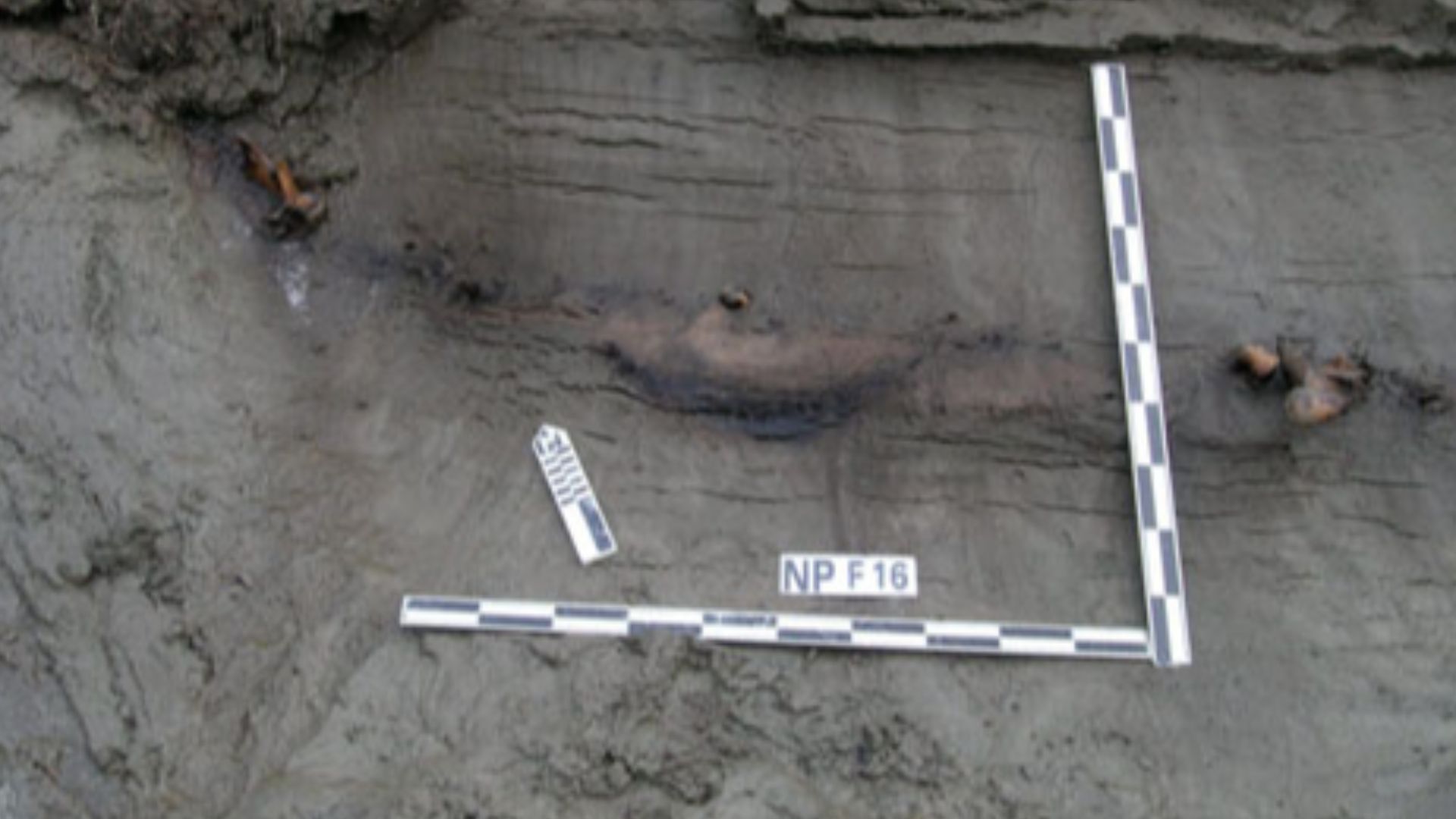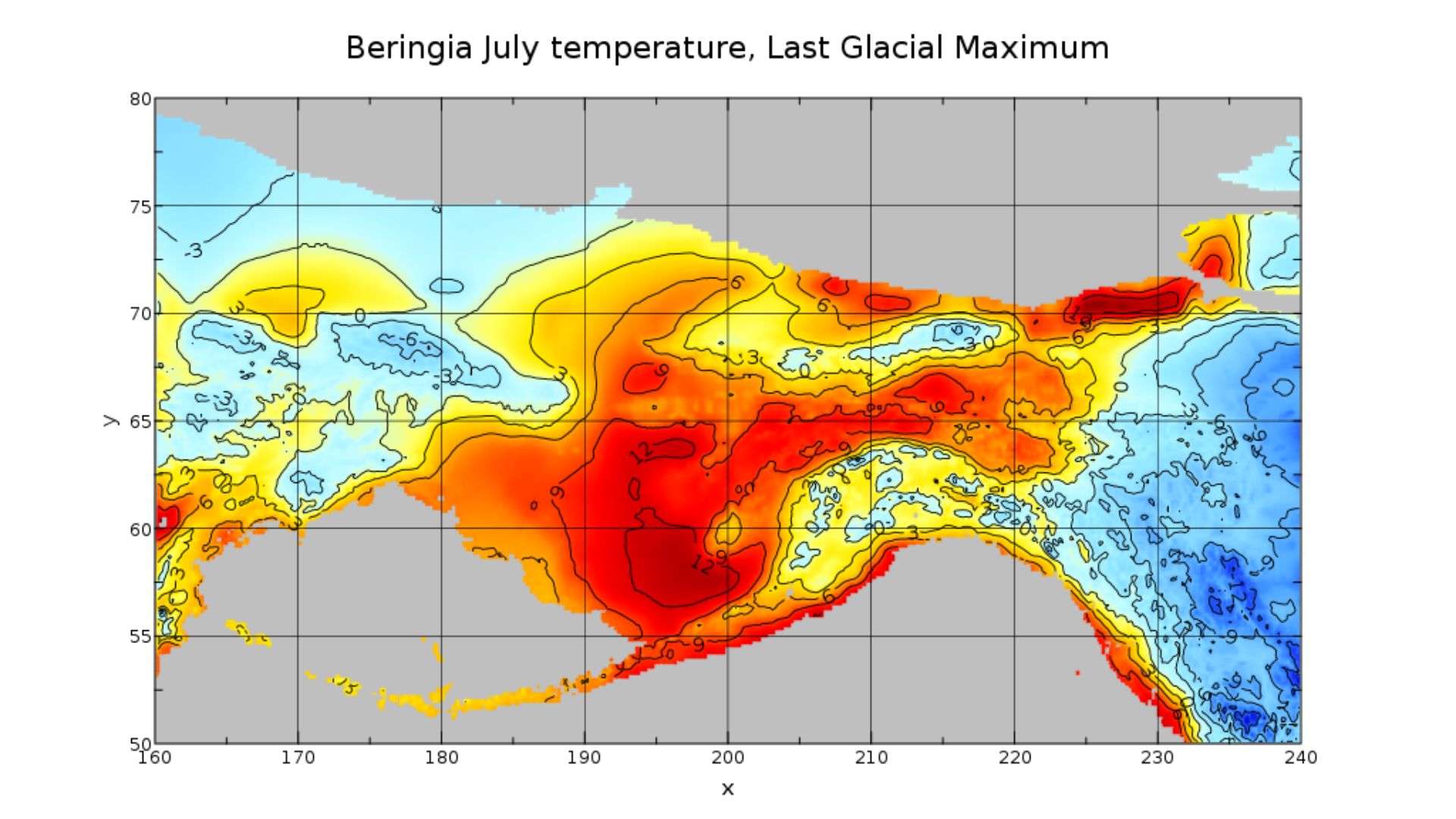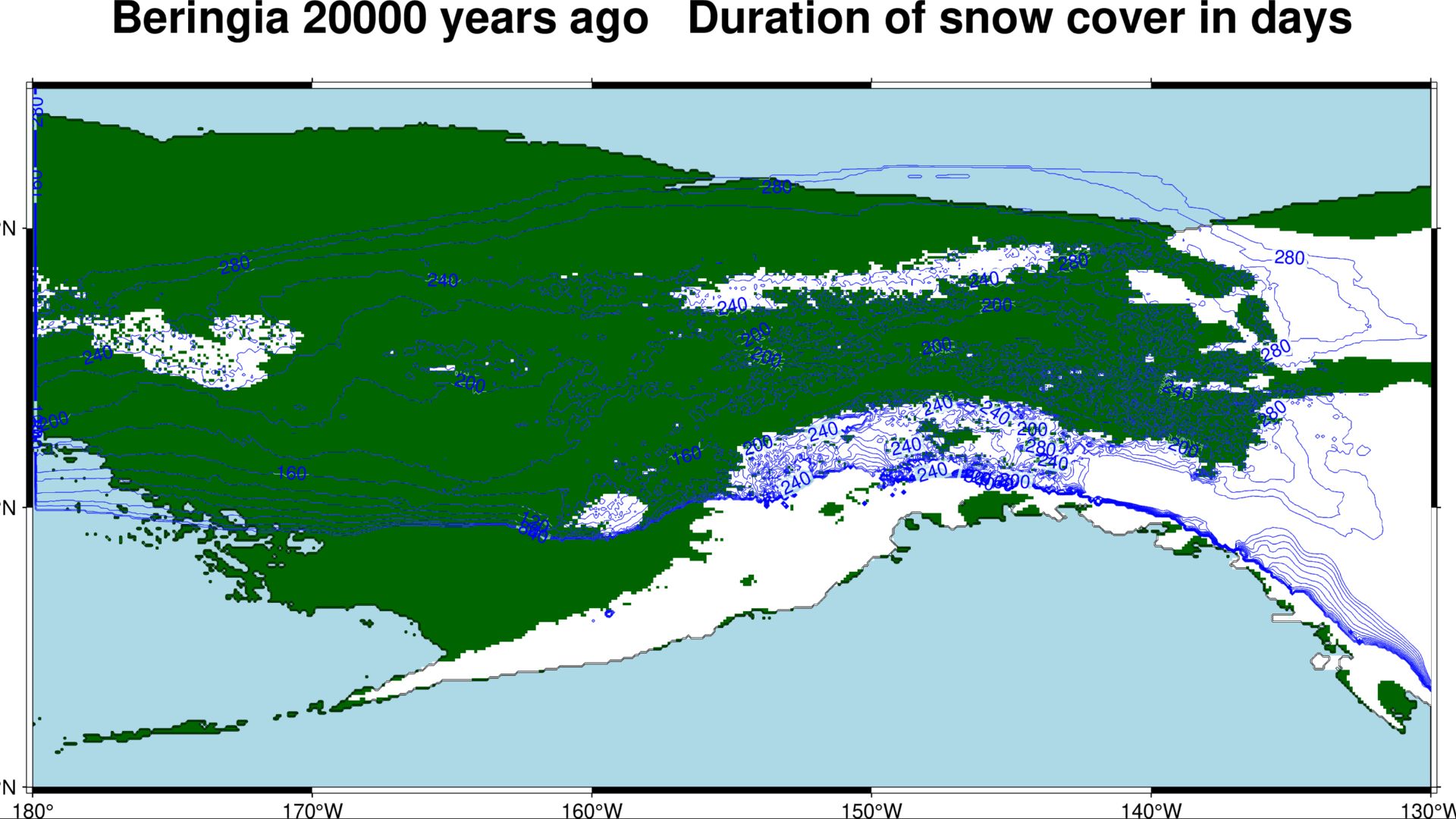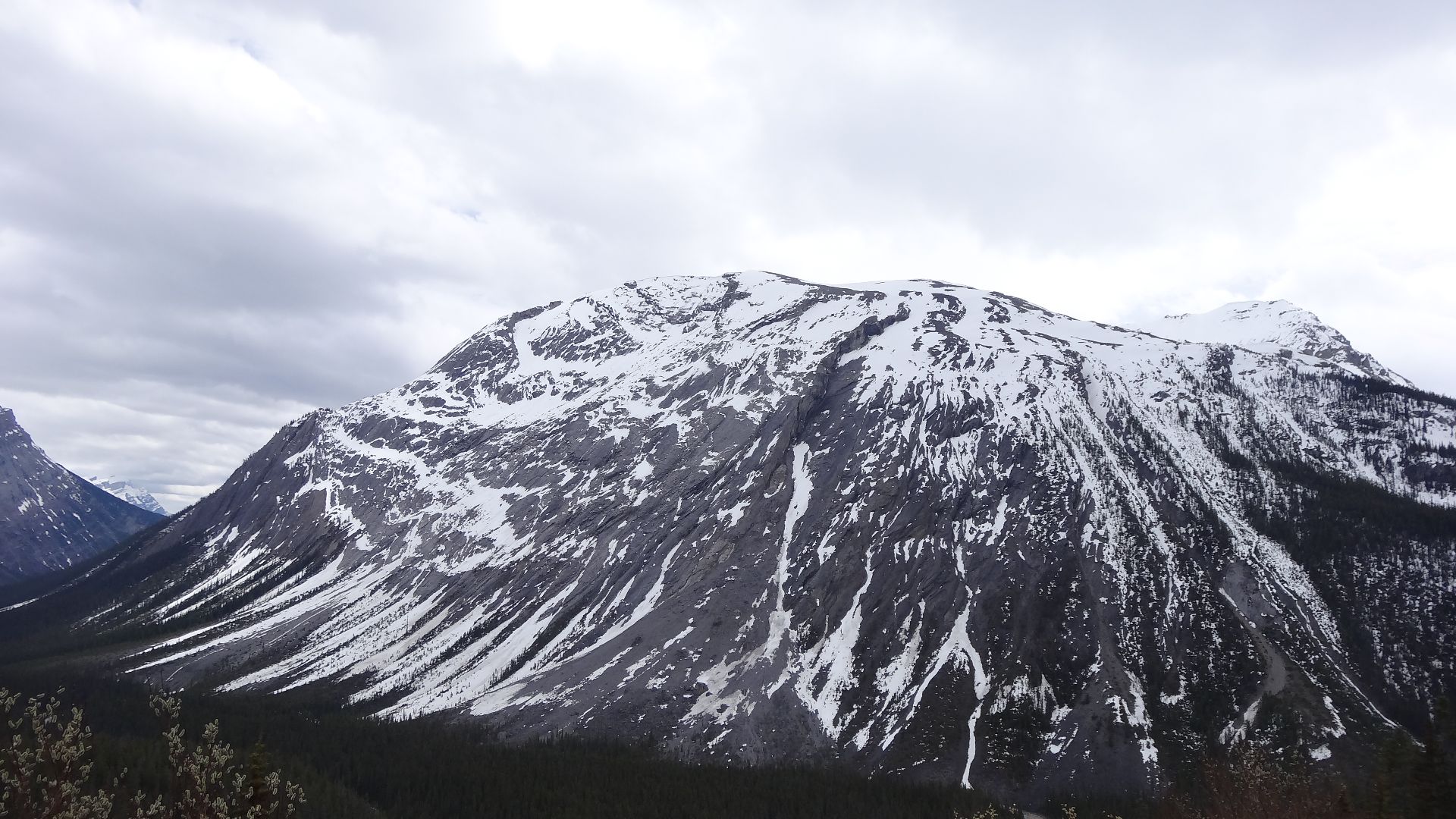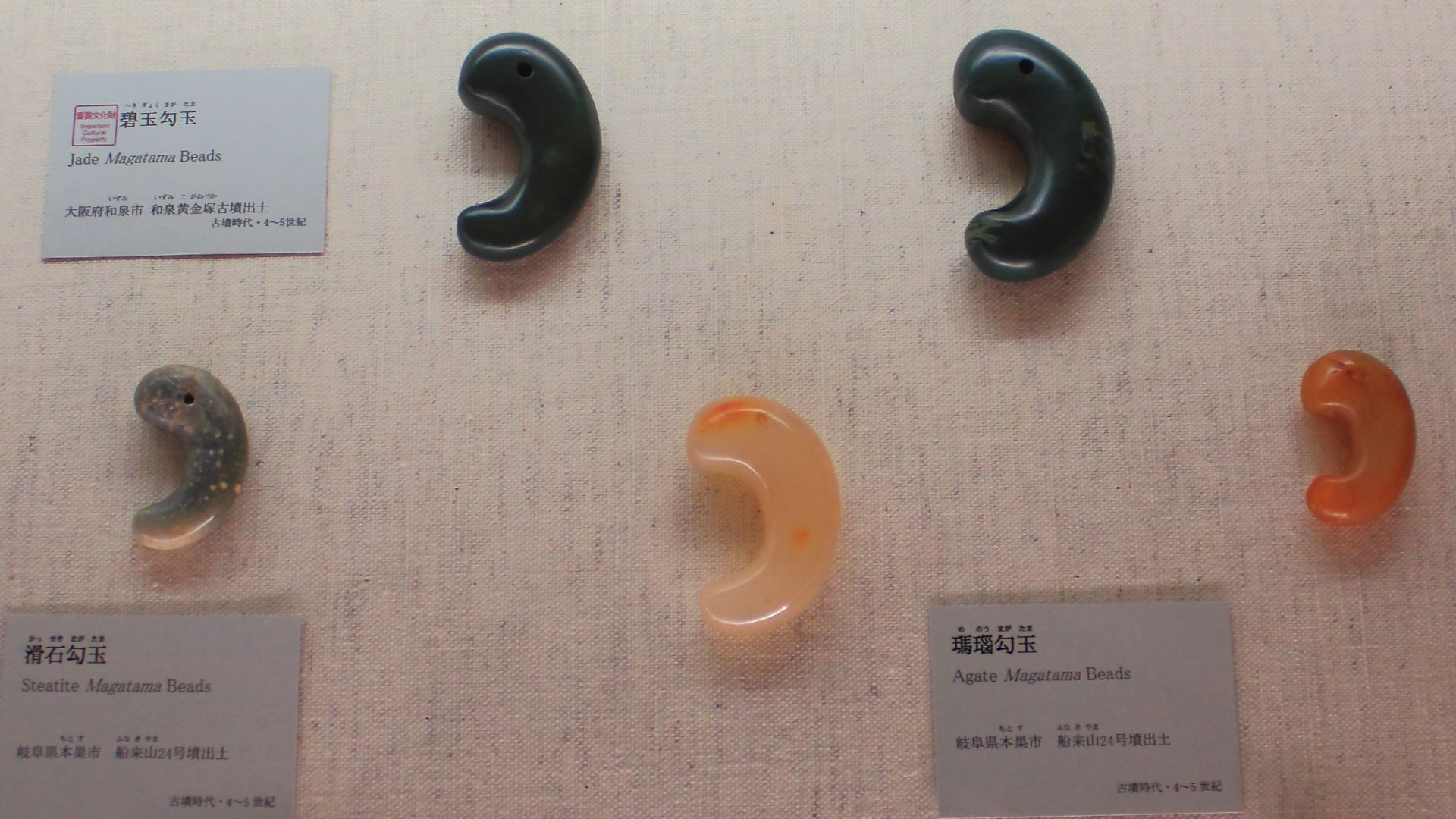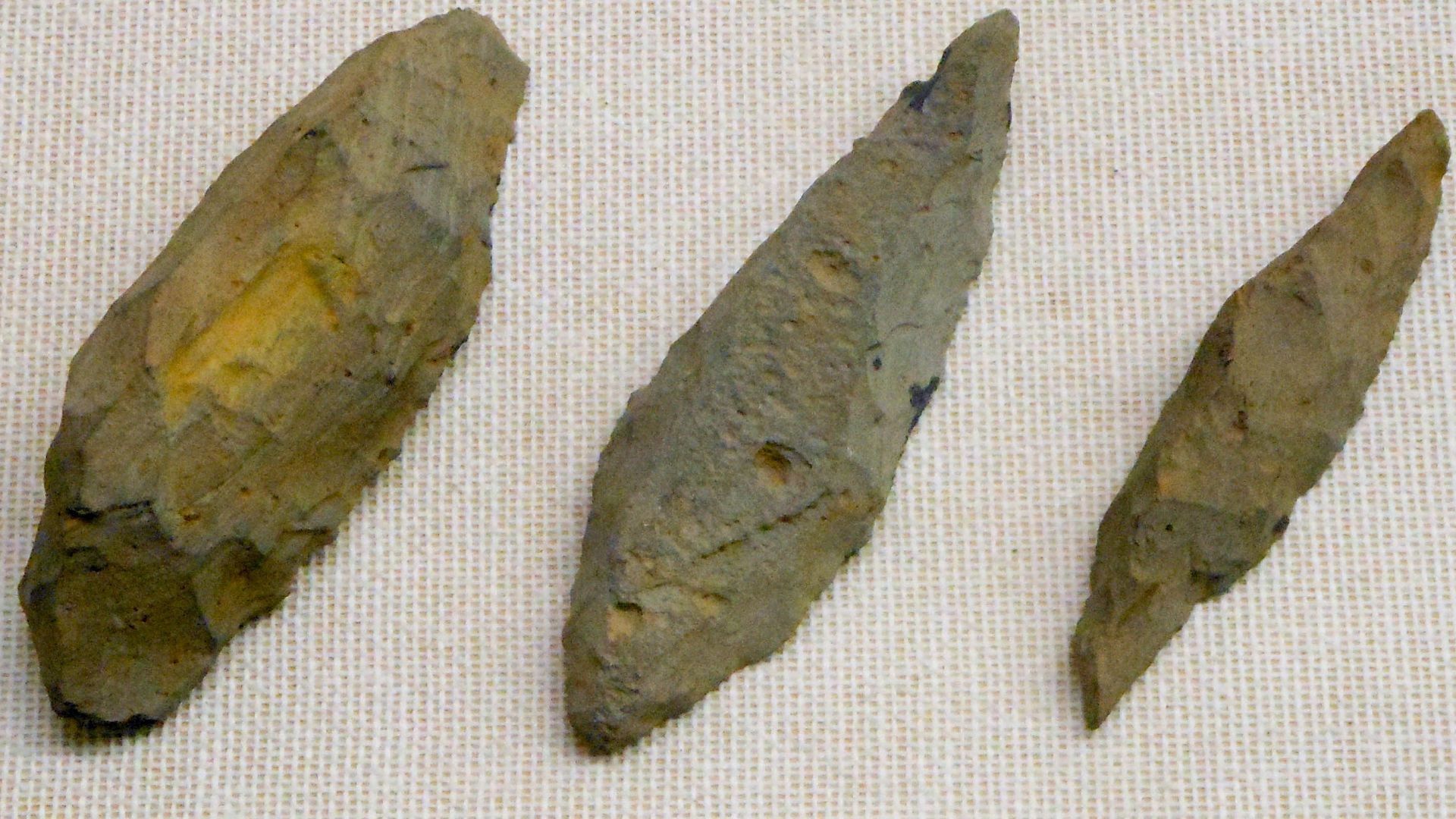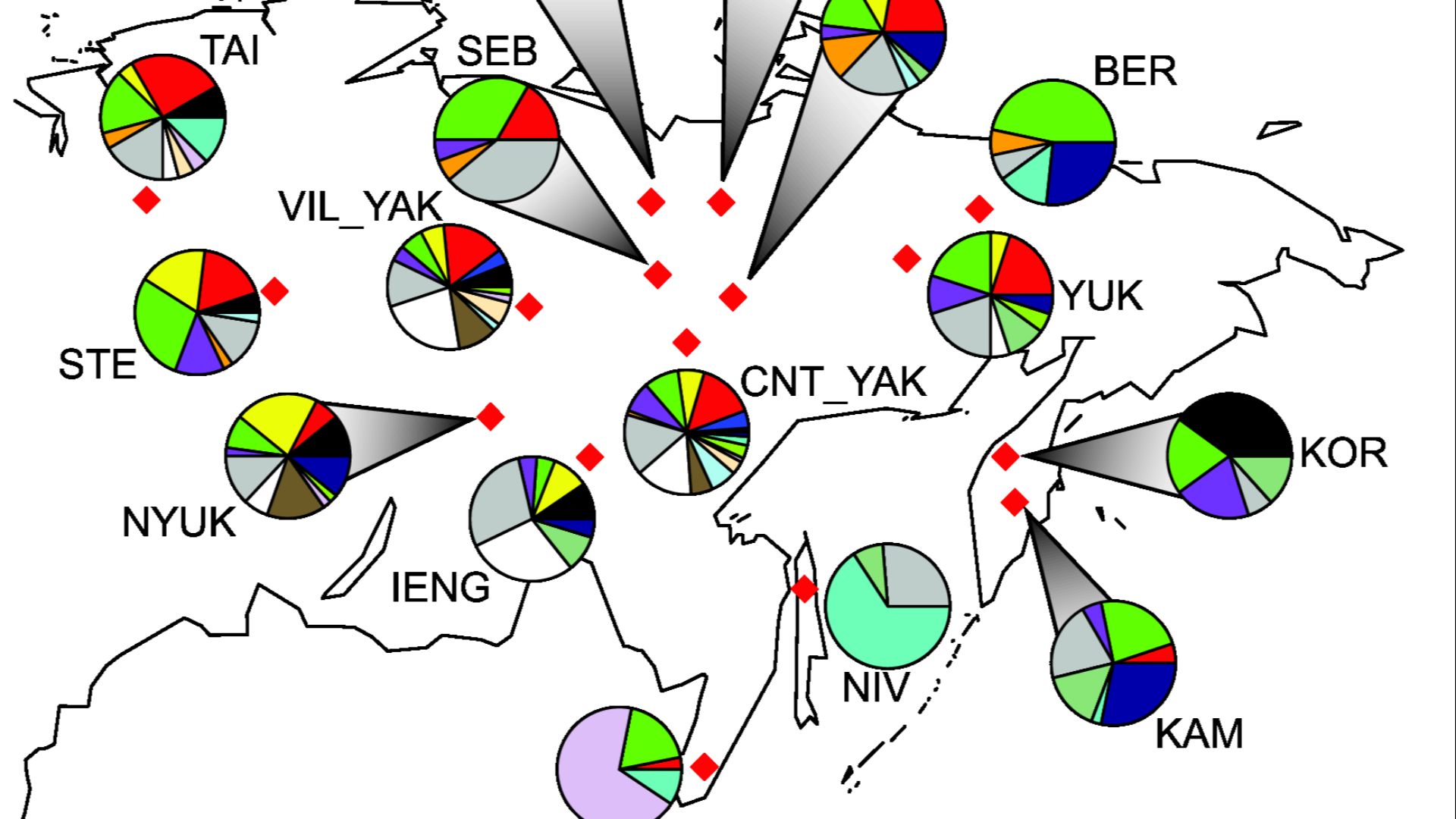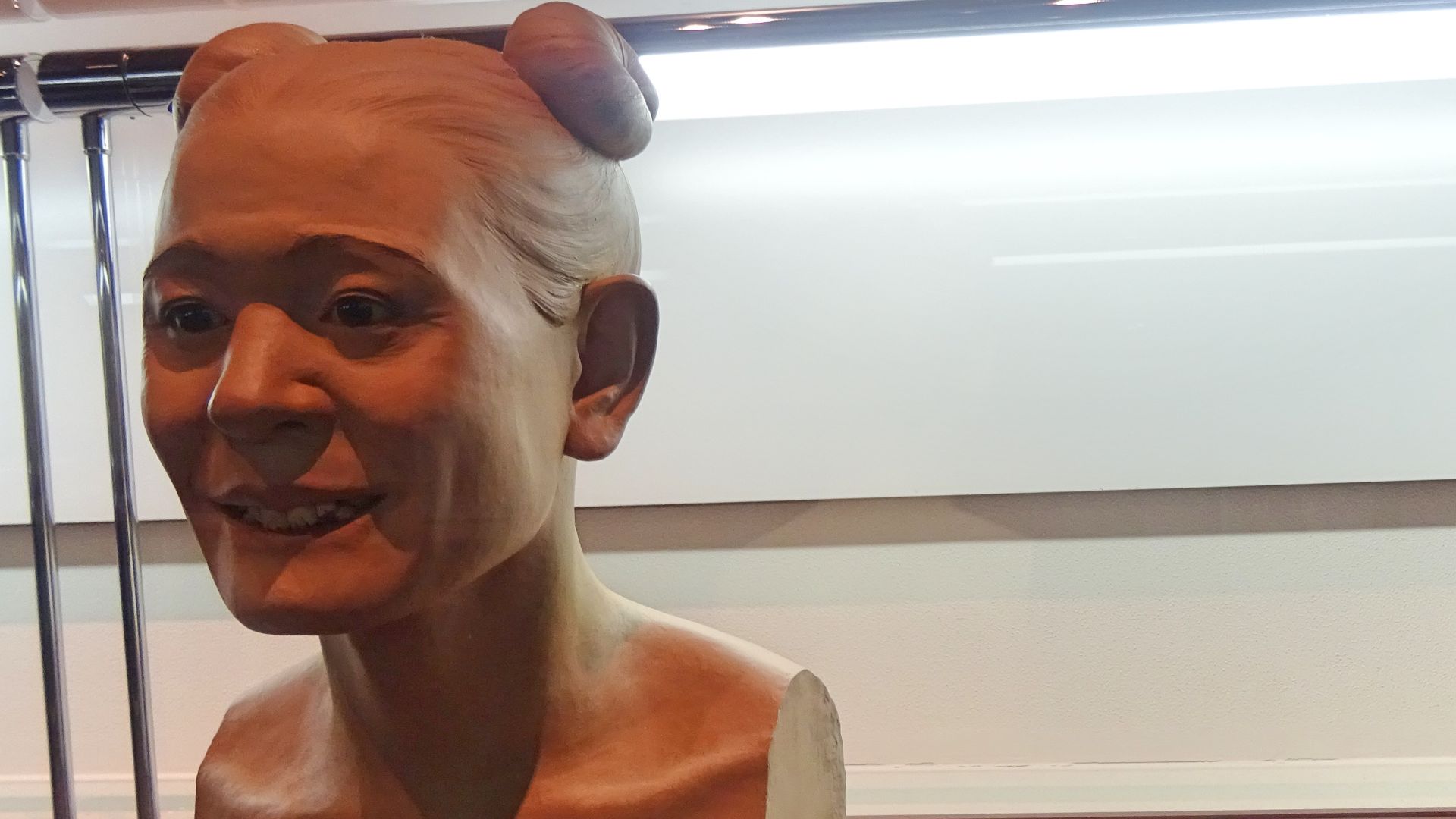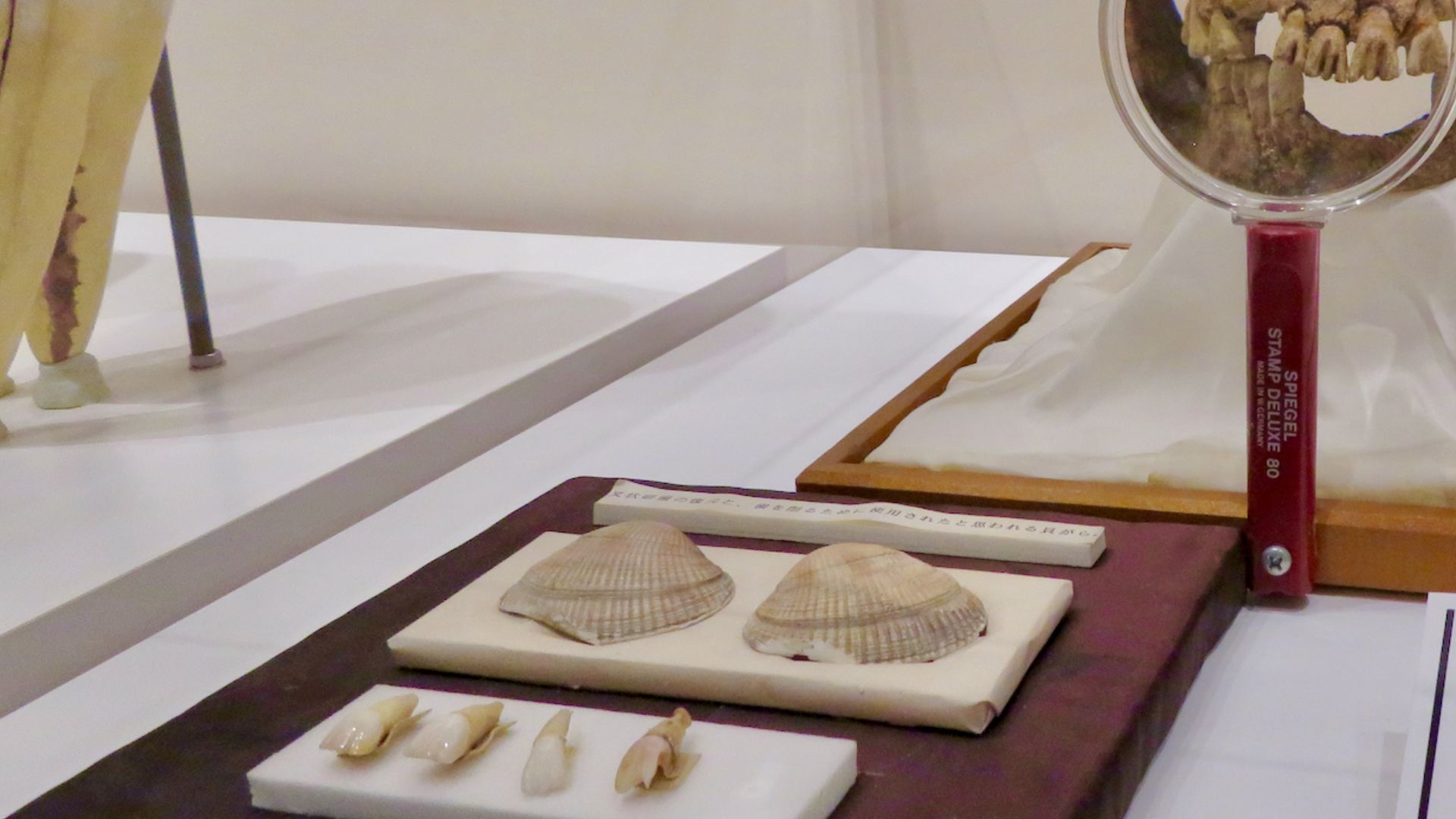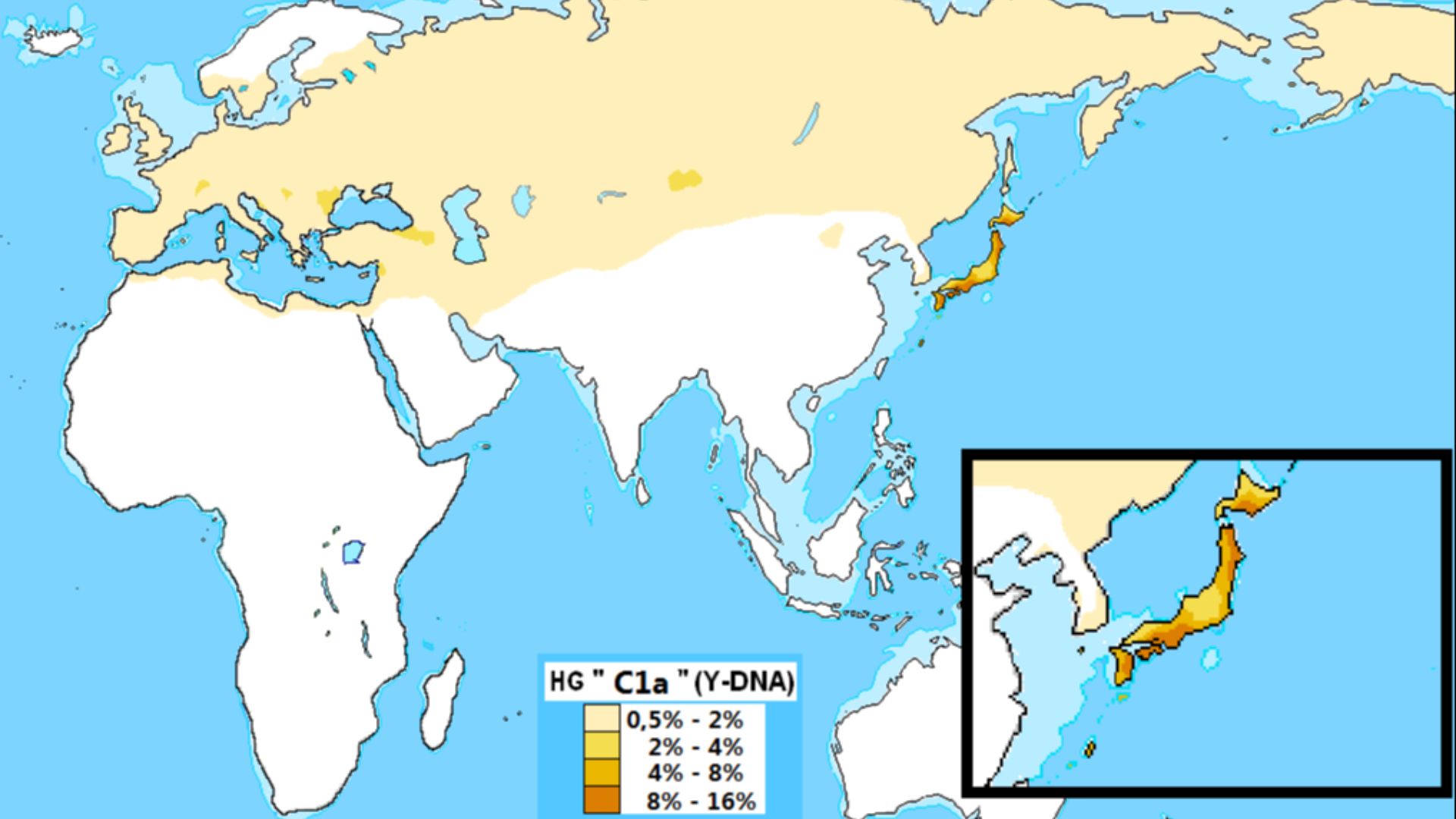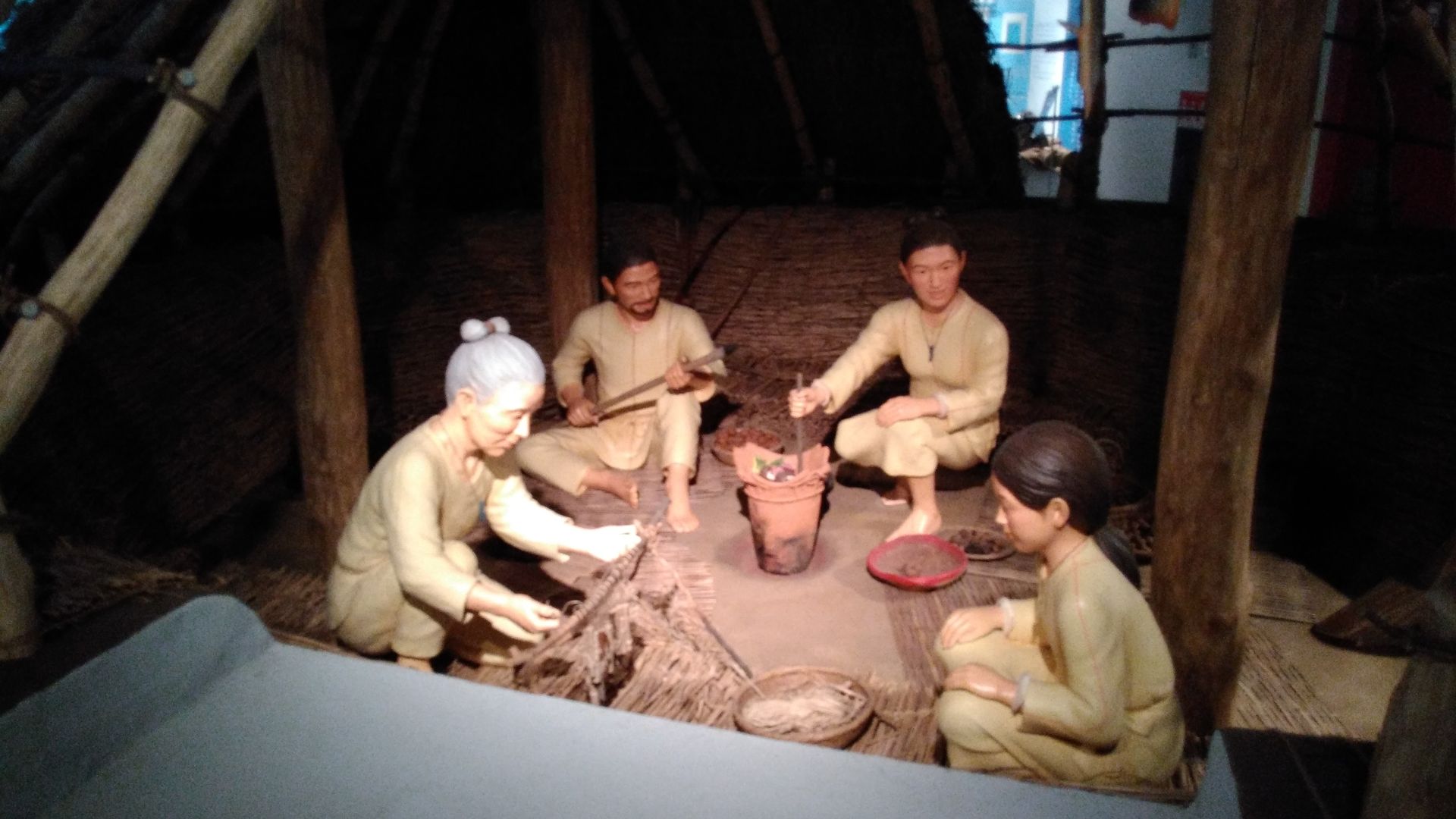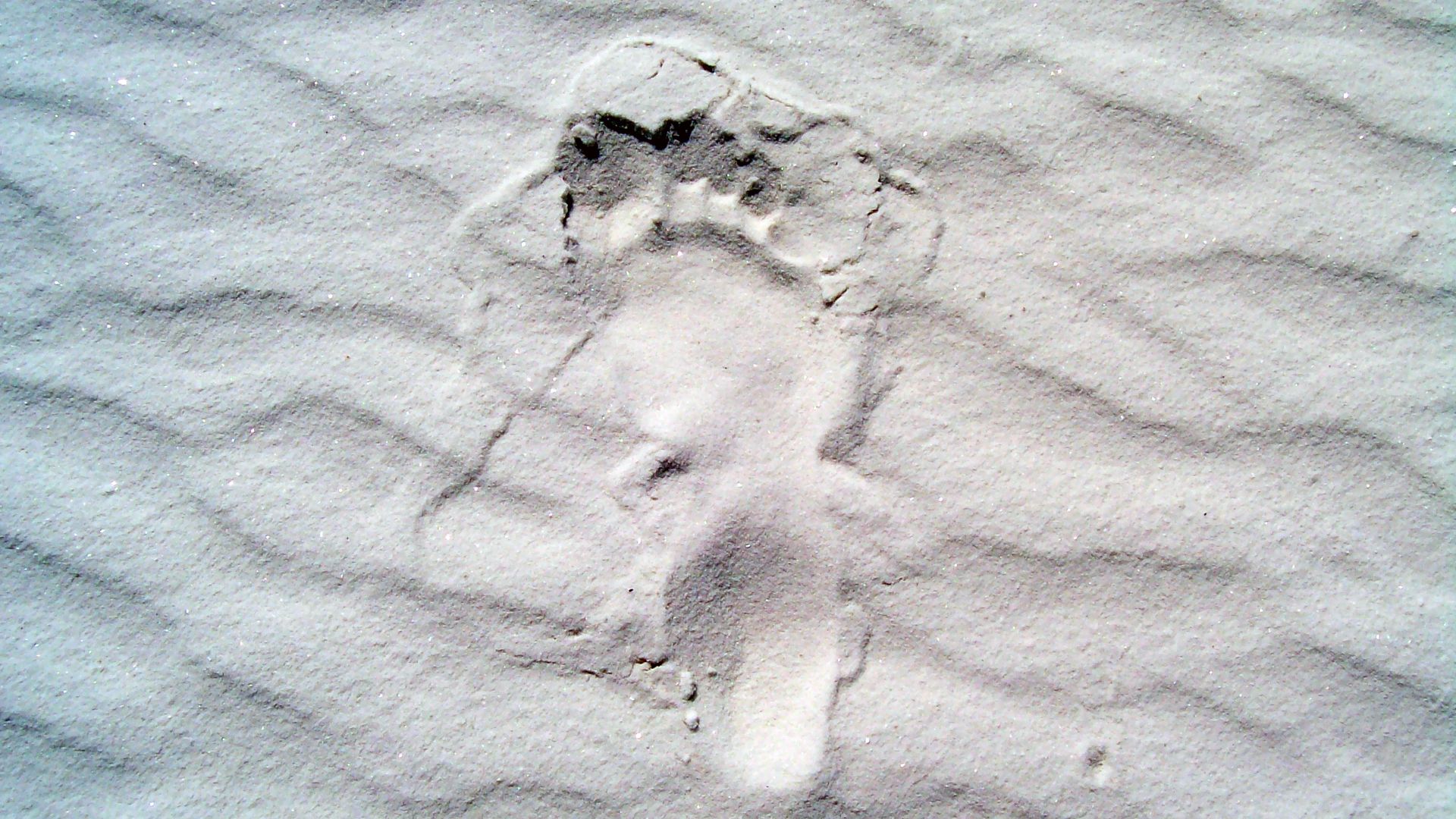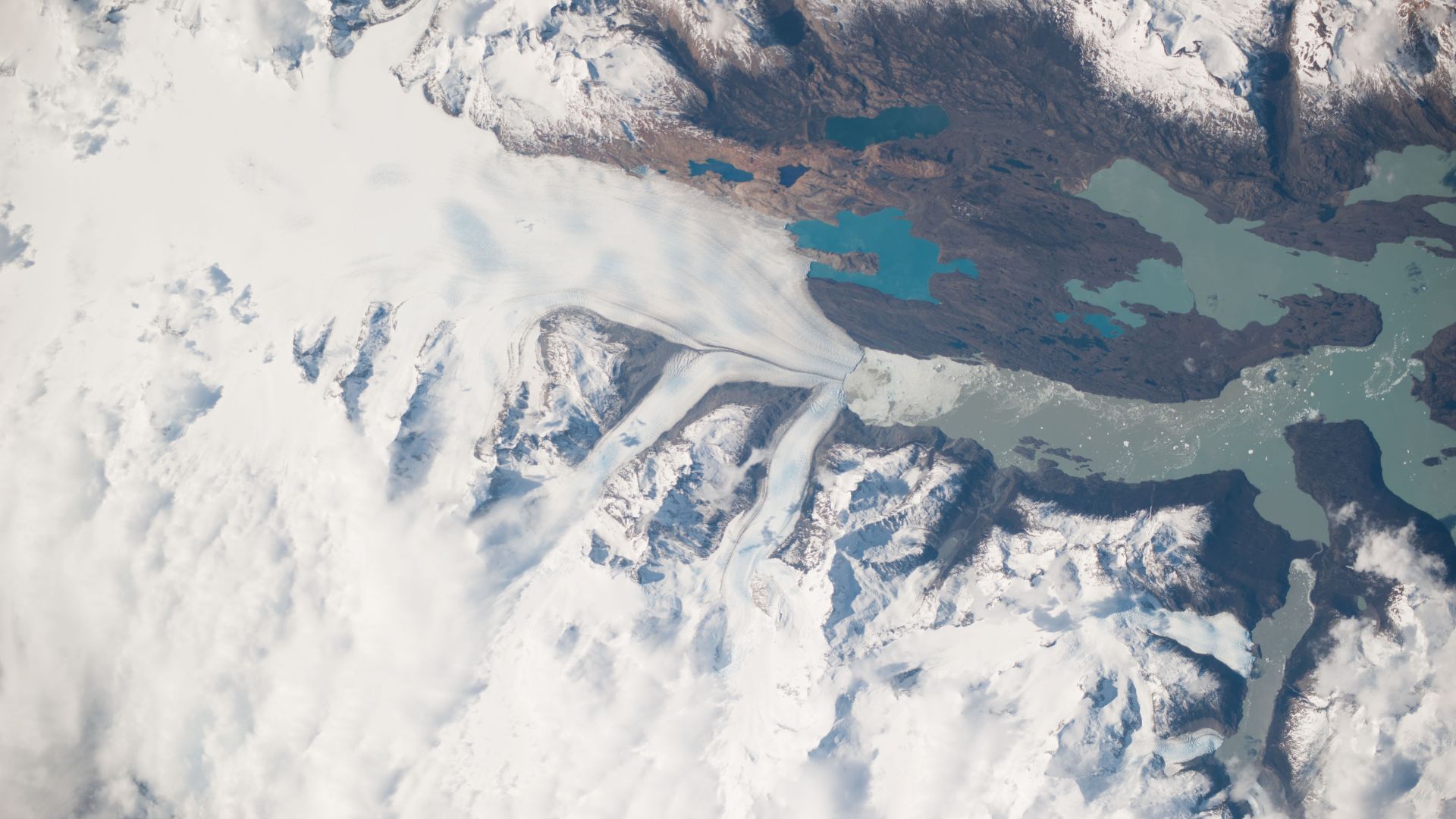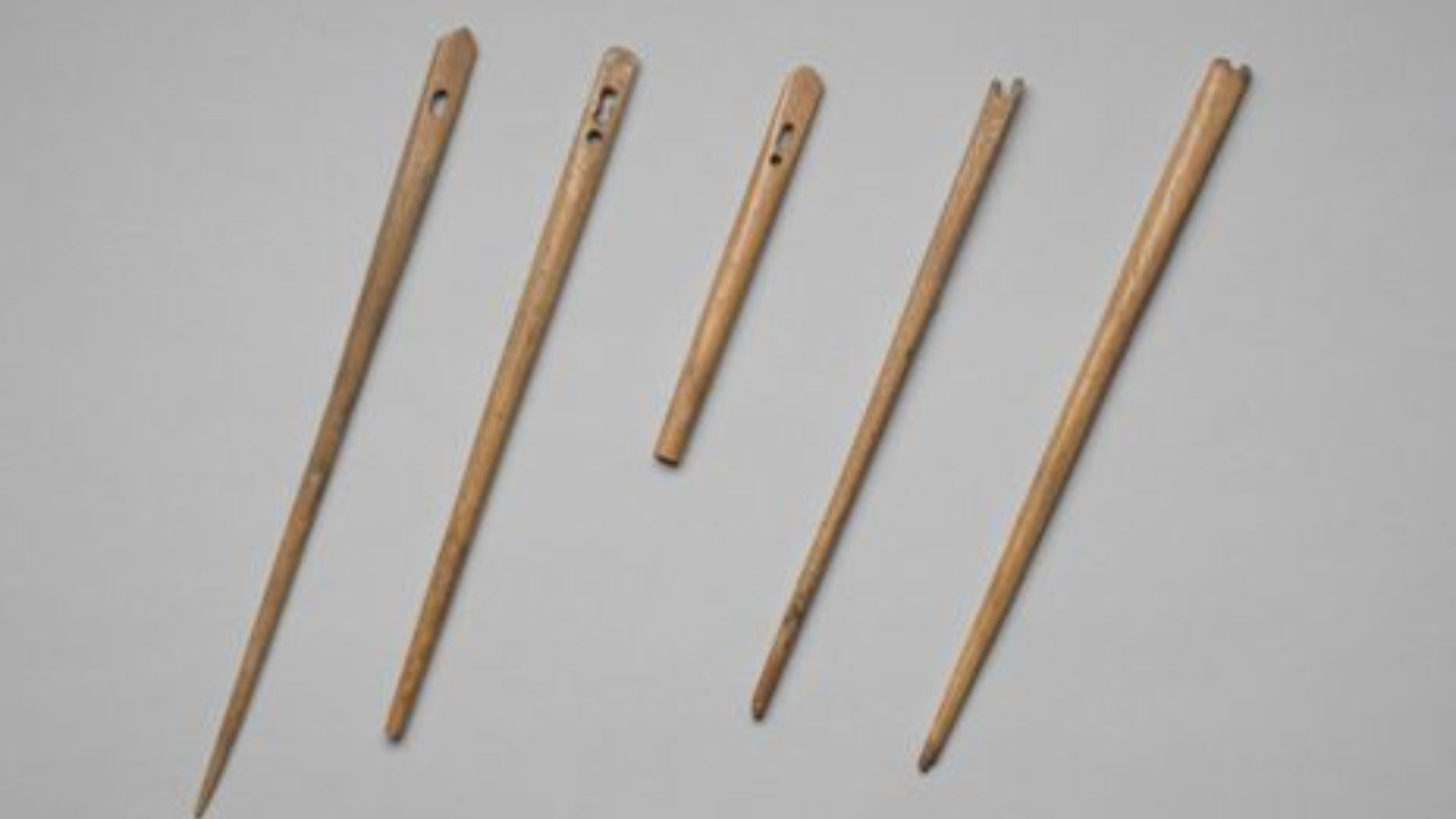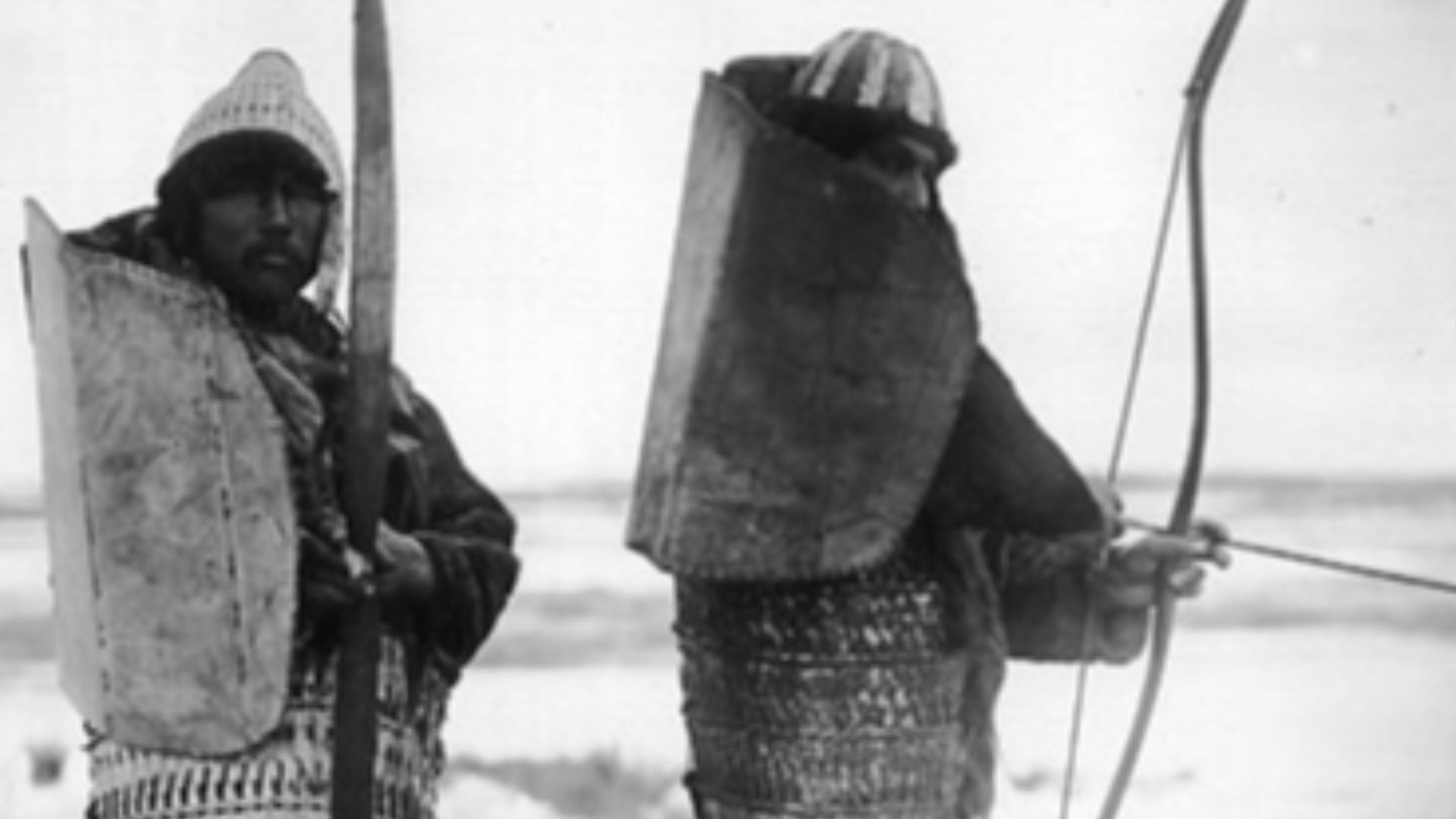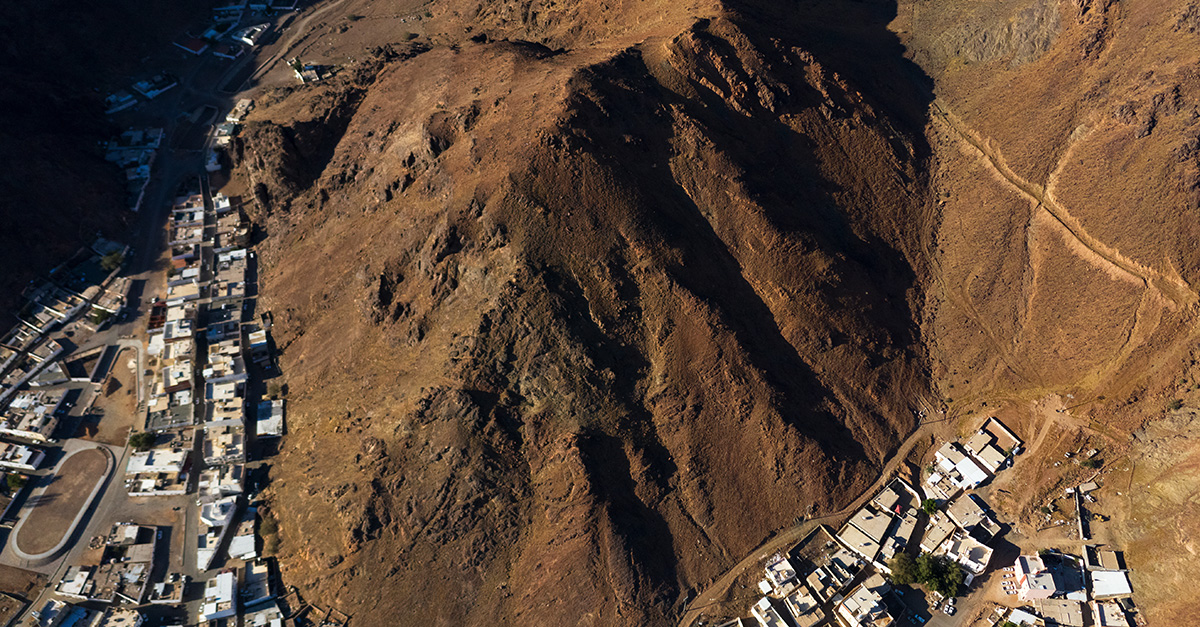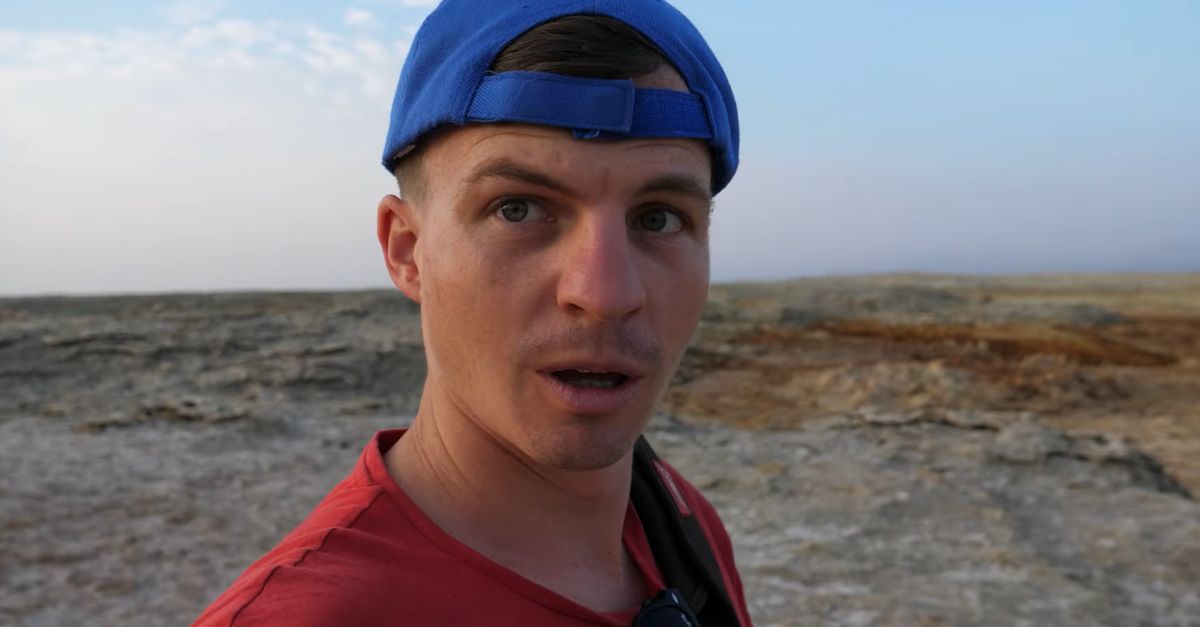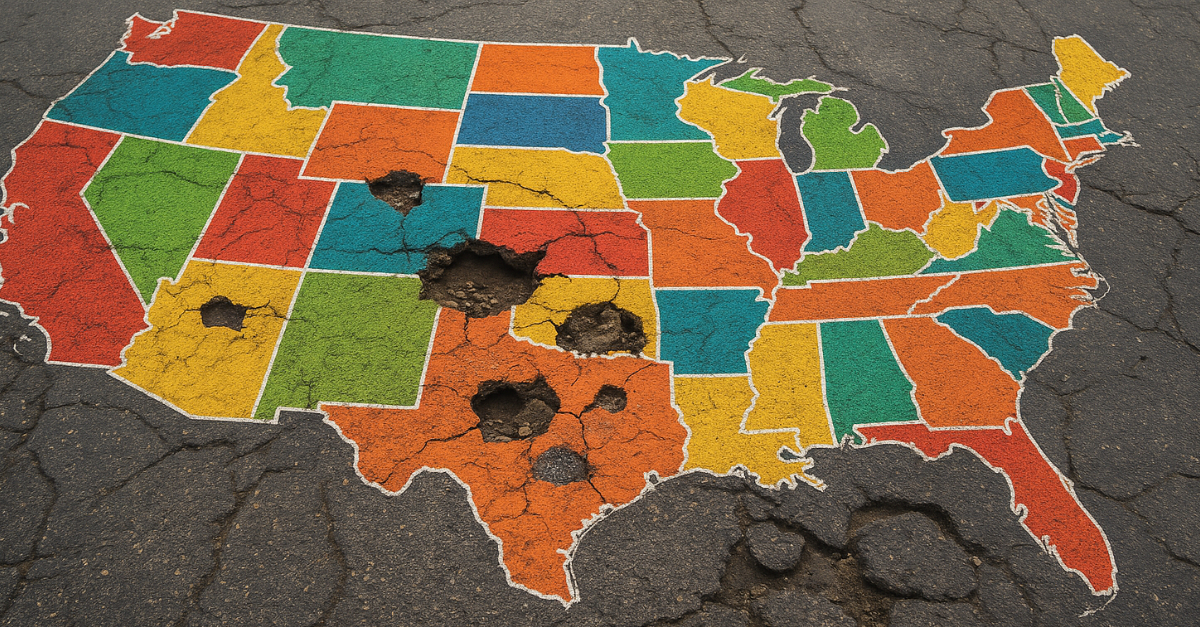Migration Mystery
Dental patterns and DNA don't lie, even when they contradict popular theories. Researchers comparing ancient remains recently demolished a widely accepted idea about human migration.
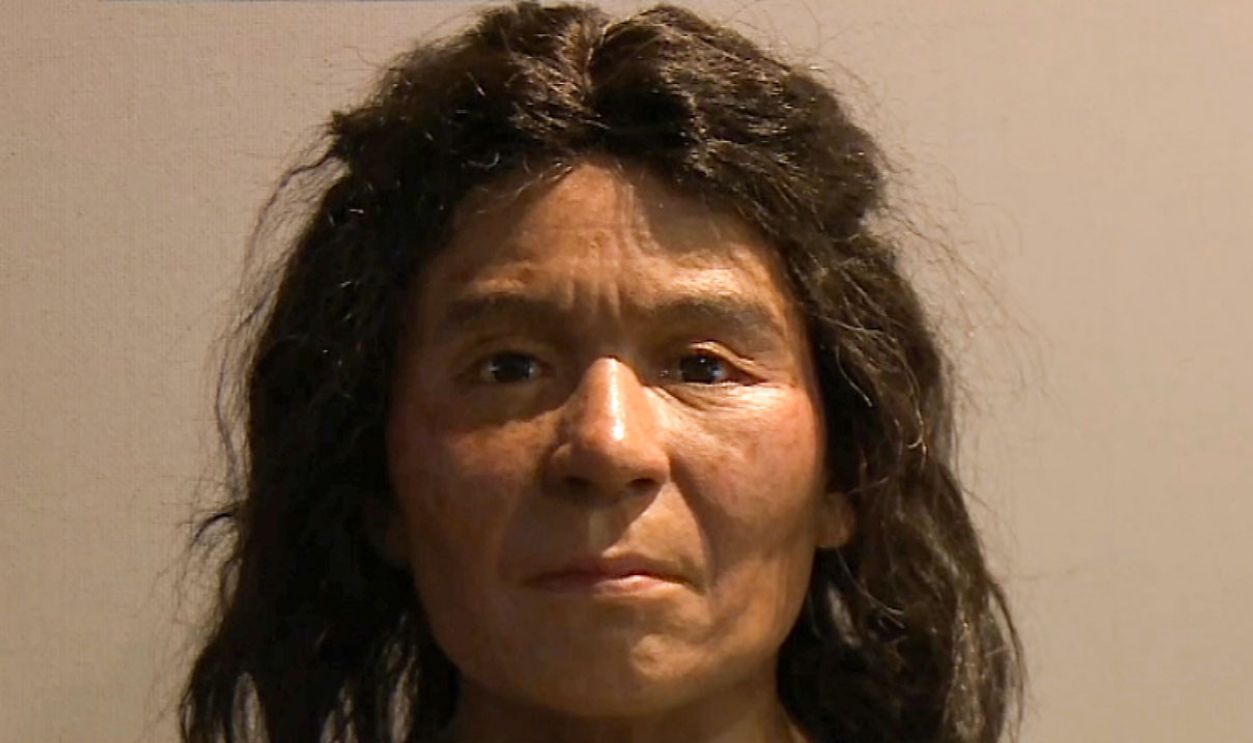
Ancient Beginnings
Around 70,000 years ago, early humans began their epic journey out of Africa, spreading across continents in waves of migration. Some groups ultimately reached the vast steppes of Siberia, where they encountered frozen landscapes teeming with massive woolly mammoths.
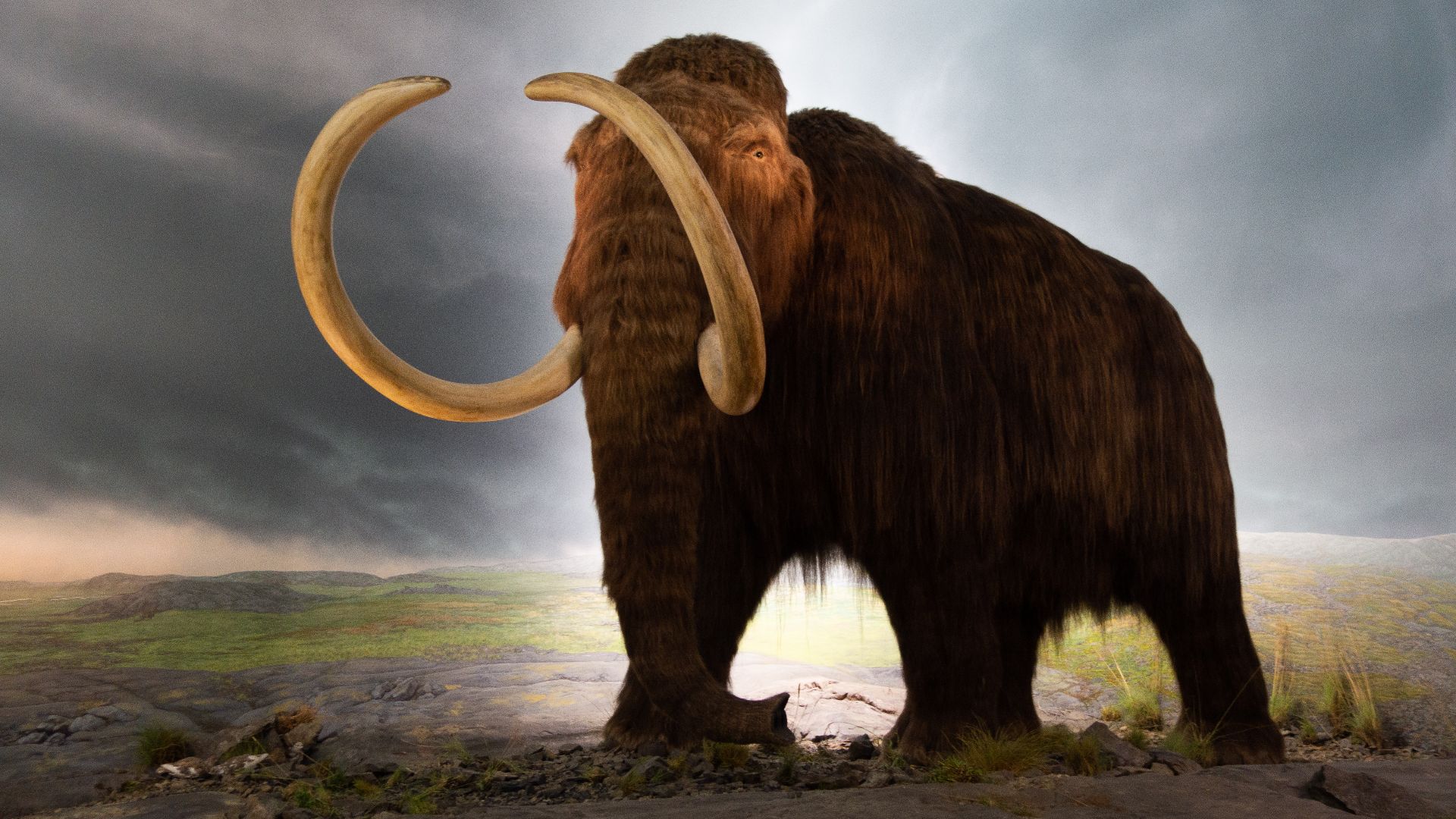 Thomas Quine, Wikimedia Commons
Thomas Quine, Wikimedia Commons
Siberian Origins
The ancestors of Native Americans emerged from northeastern Siberia, mixing Ancient North Eurasian and East Asian populations. These hardy people developed intriguing hunting techniques to survive brutal winters. Archaeological evidence from the Yana River site shows humans lived in eastern Arctic Siberia by 31,300 years ago.
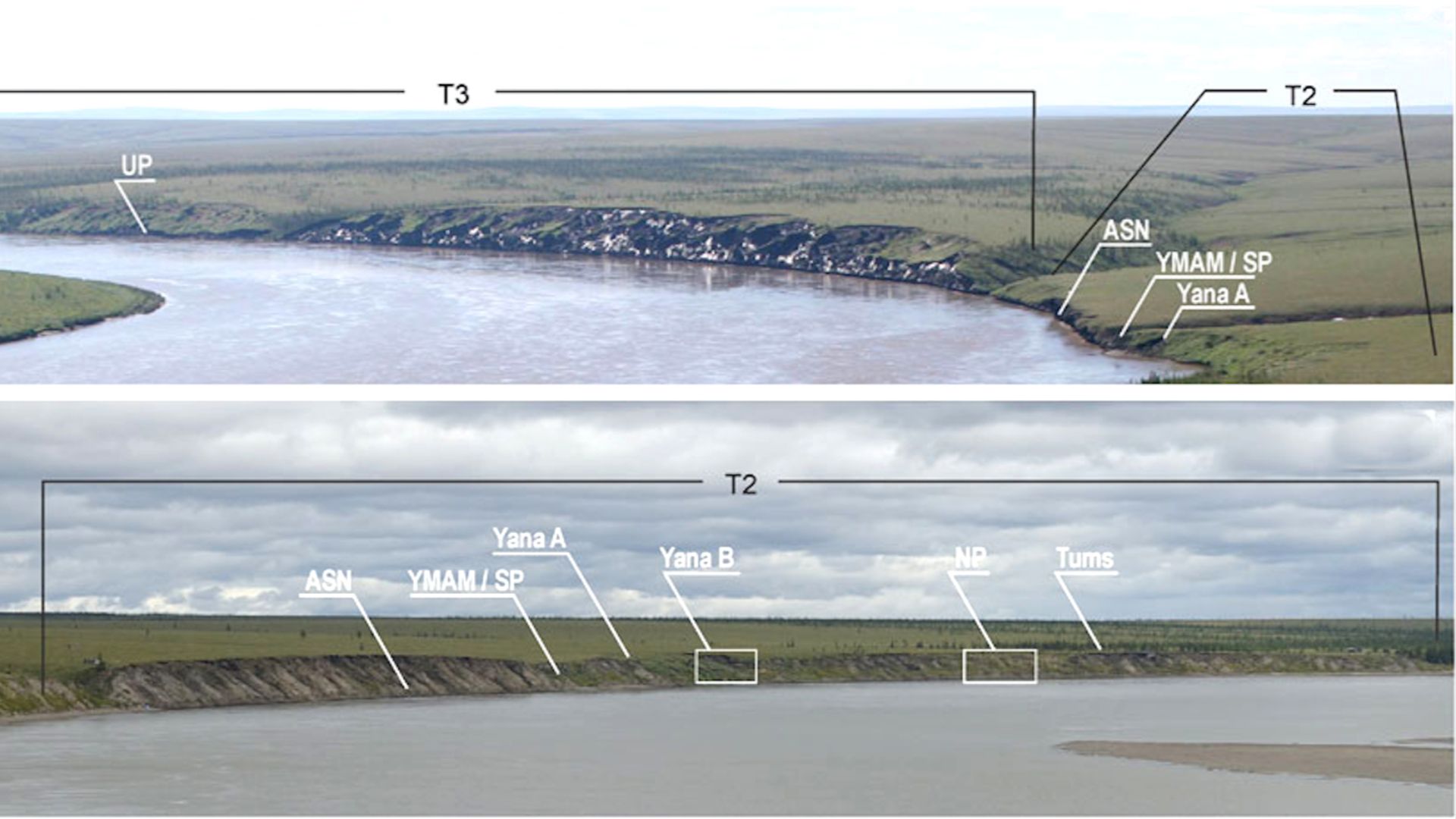 Pitulko VV and Pavlova EY (2022), Wikimedia Commons
Pitulko VV and Pavlova EY (2022), Wikimedia Commons
Yana RHS
The Yana Rhinoceros Horn Site (Yana RHS) in northeastern Siberia is one of the most significant Upper Paleolithic sites north of the Arctic Circle. Archaeological finds at this place include bone and ivory hunting weapons, sewing needles, beads, pendants, and decorated vessels.
Beringia Formation
As Earth entered the Last Glacial Maximum, huge ice sheets locked away ocean water, dropping sea levels by 400 feet. This dramatic change exposed a land bridge up to 1,000 km wide between Siberia and Alaska, creating Beringia—a continent-sized refuge.
Ice Age
During peak glaciation, Beringia evolved into a mammoth steppe ecosystem unlike any other on Earth today. This area supported an array of wildlife, including the woolly rhinoceros, giant bison, and saber-toothed cats. Ancient humans thrived here for years, developing specialized cultures.
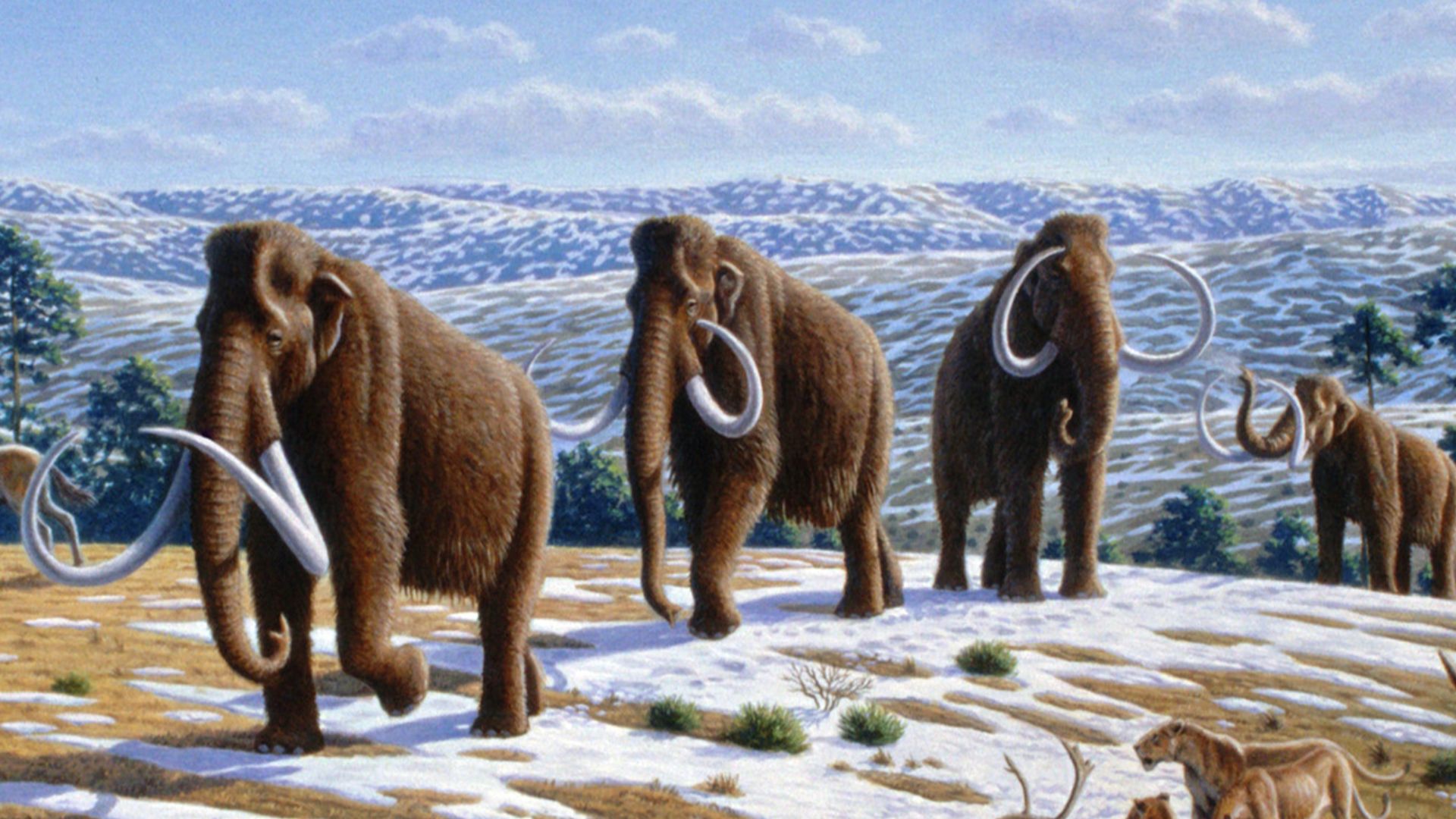 Mauricio Antón, Wikimedia Commons
Mauricio Antón, Wikimedia Commons
Temperature Variations
Beringian summer temperatures averaged 3–5 degrees Celsius cooler than today. The Seward Peninsula experienced a 2.9-degree cooling, while Yukon regions were 7.5 degrees colder. These temperature gradients brought about diverse microenvironments that supported different plant and animal communities.
Land Bridge
The Bering Land Bridge served as humanity's gateway to the New World for centuries. Unlike a narrow crossing, this vast plain offered multiple migration routes and abundant resources. Genetic studies suggest that small founding populations made the crossing following animal herds until rising seas submerged it.
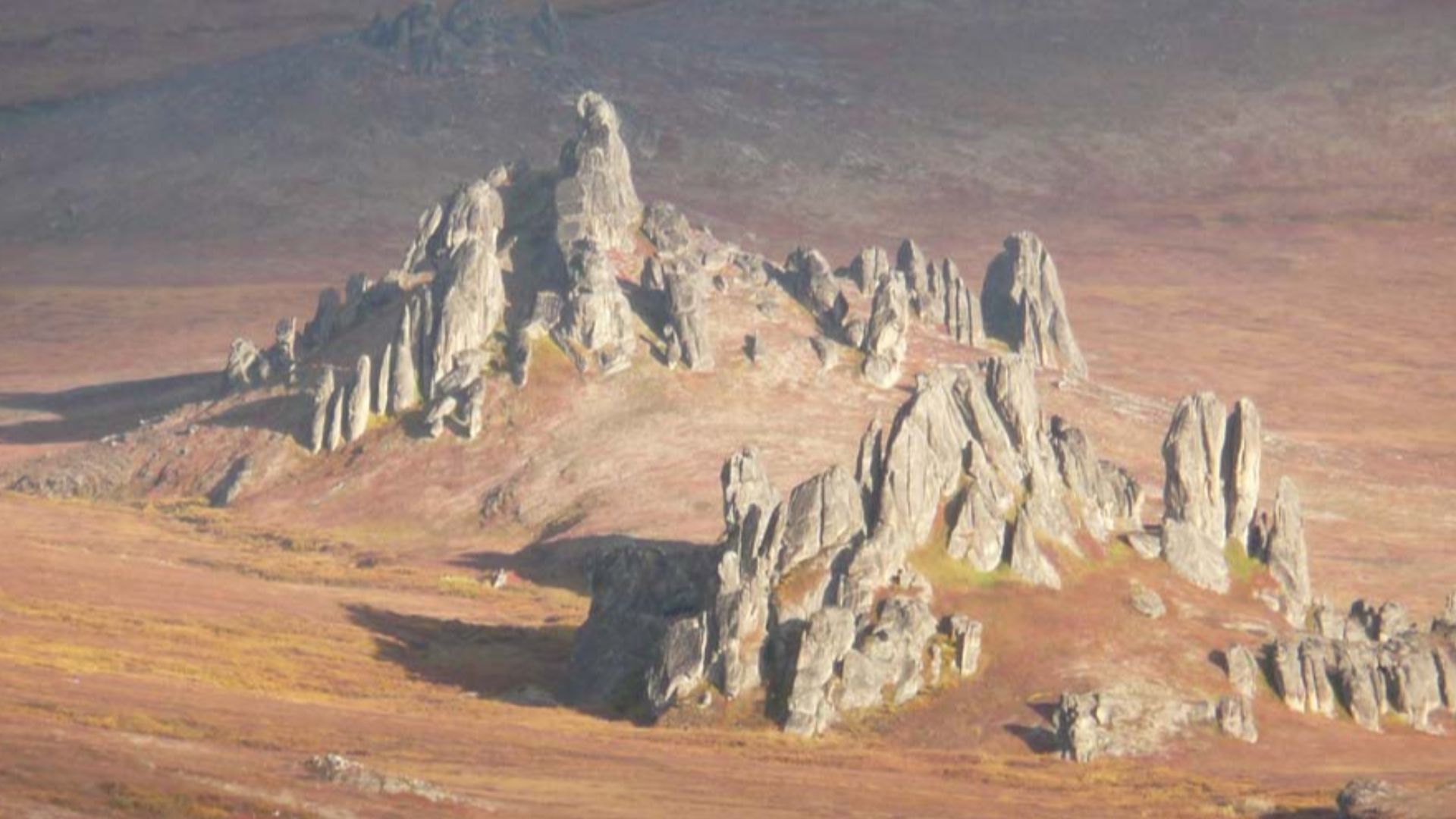 National Park Service, Wikimedia Commons
National Park Service, Wikimedia Commons
Early Migrations
The first Americans lived there before venturing south. DNA evidence indicates these populations remained isolated in Beringia for up to 10,000 years, developing distinct genetic signatures. Around 13,400 years ago, retreating ice sheets opened corridors that allowed southward movement into the Americas.
Mammoth Hunters
These folks were skilled big-game hunters who pursued massive Pleistocene megafauna in the US. They made sophisticated spear points capable of bringing down 12-foot-tall mammoths weighing eight tons. Archaeological sites from Alaska to Chile contain mammoth bones with clear butchering marks, proving their hunting success.
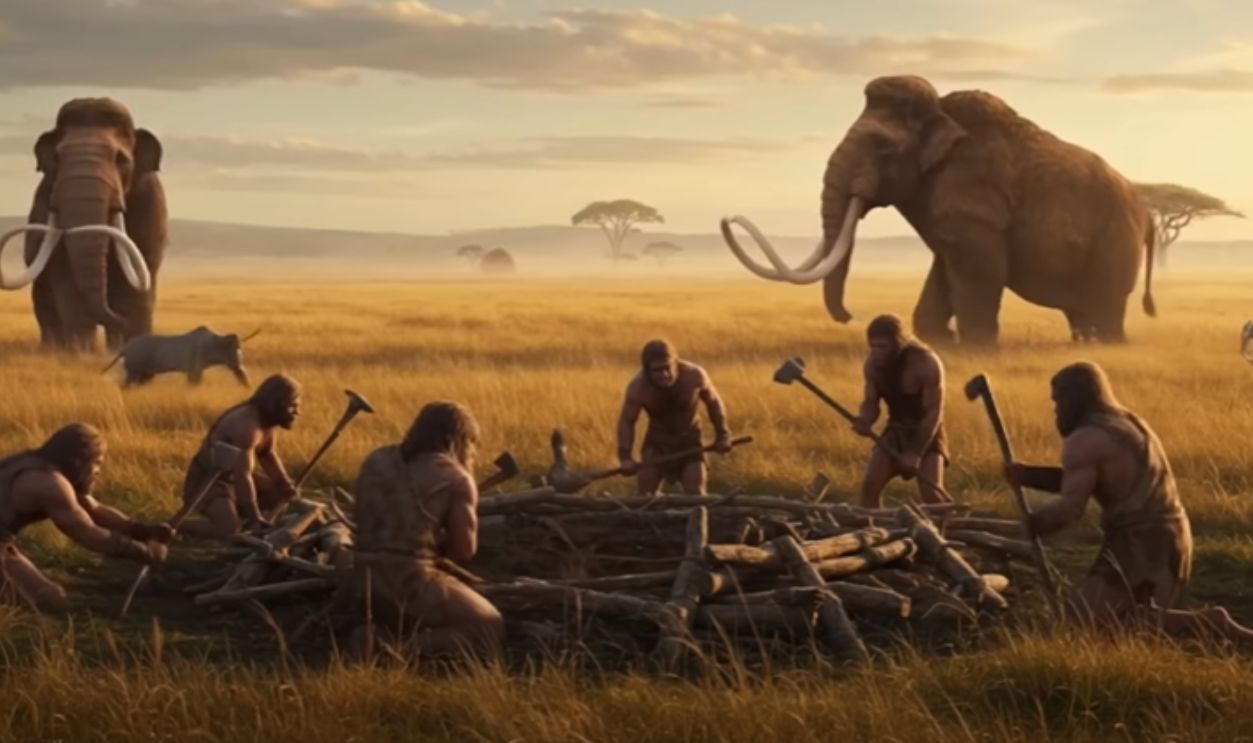 How Did Prehistoric Humans Hunt Mammoths 3 Million Years Ago? by Tomahok
How Did Prehistoric Humans Hunt Mammoths 3 Million Years Ago? by Tomahok
Coastal Routes
Recent evidence suggests some early Americans traveled along the Pacific coast. Apparently, the "kelp highway hypothesis" proposes that productive marine ecosystems provided abundant food sources from Japan to Chile. Coastal migrations could explain how humans reached southern South America by 14,500 years ago.
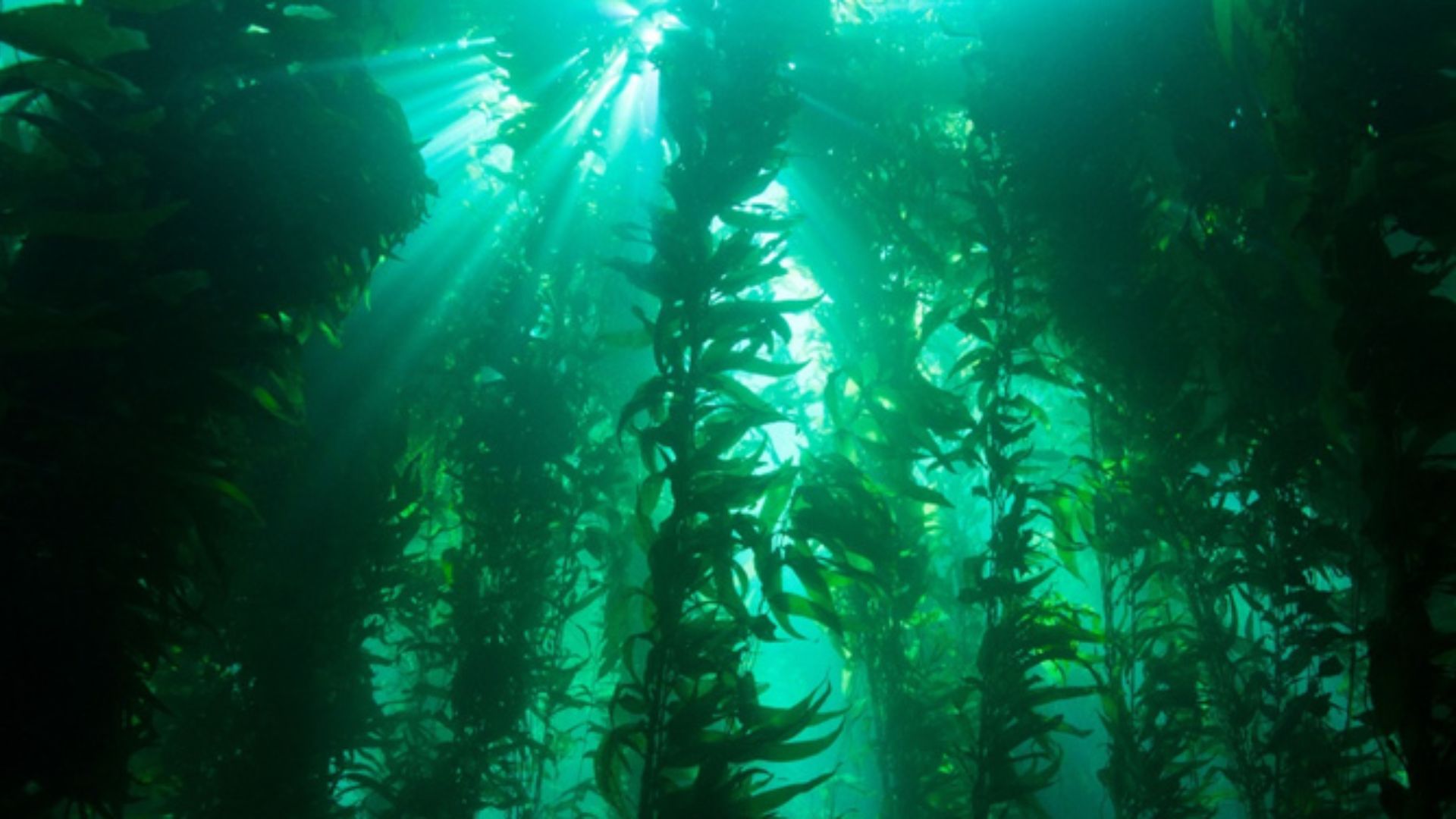 NOAA's National Ocean Service, Wikimedia Commons
NOAA's National Ocean Service, Wikimedia Commons
Interior Corridors
An ice-free corridor between massive Laurentide and Cordilleran ice sheets provided an alternative route into North America's interior. This pathway created a narrow passage east of the Rocky Mountains. Recent studies show that this corridor remained biologically unviable for human migration until approximately 13,000 years ago.
Jomon Culture
While these people spread across two continents, Japan developed its own unique Jomon culture. They created the world's earliest known pottery, crafting elaborate cord-marked vessels. Jomon settlements featured pit dwellings, burial practices, and extensive trade networks reaching several miles across the Japanese archipelago.
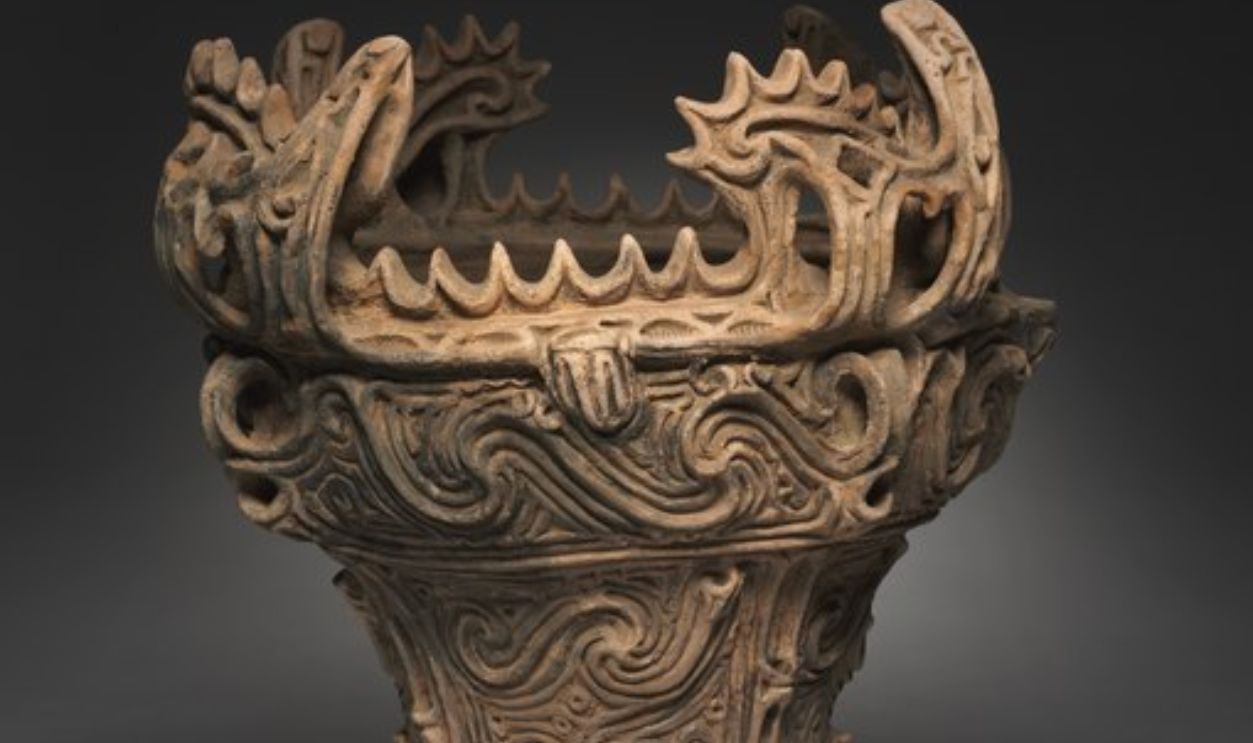 Gary Kirchenbauer, Wikimedia Commons
Gary Kirchenbauer, Wikimedia Commons
Pit Dwellings
The families lived in semi-subterranean pit houses with central hearths and thatched roofs covered in soil for insulation. These structures housed 4–6 people for multiple generations and featured built-in altars. Large communal dwellings over 10 meters long served as meeting places and workshops.
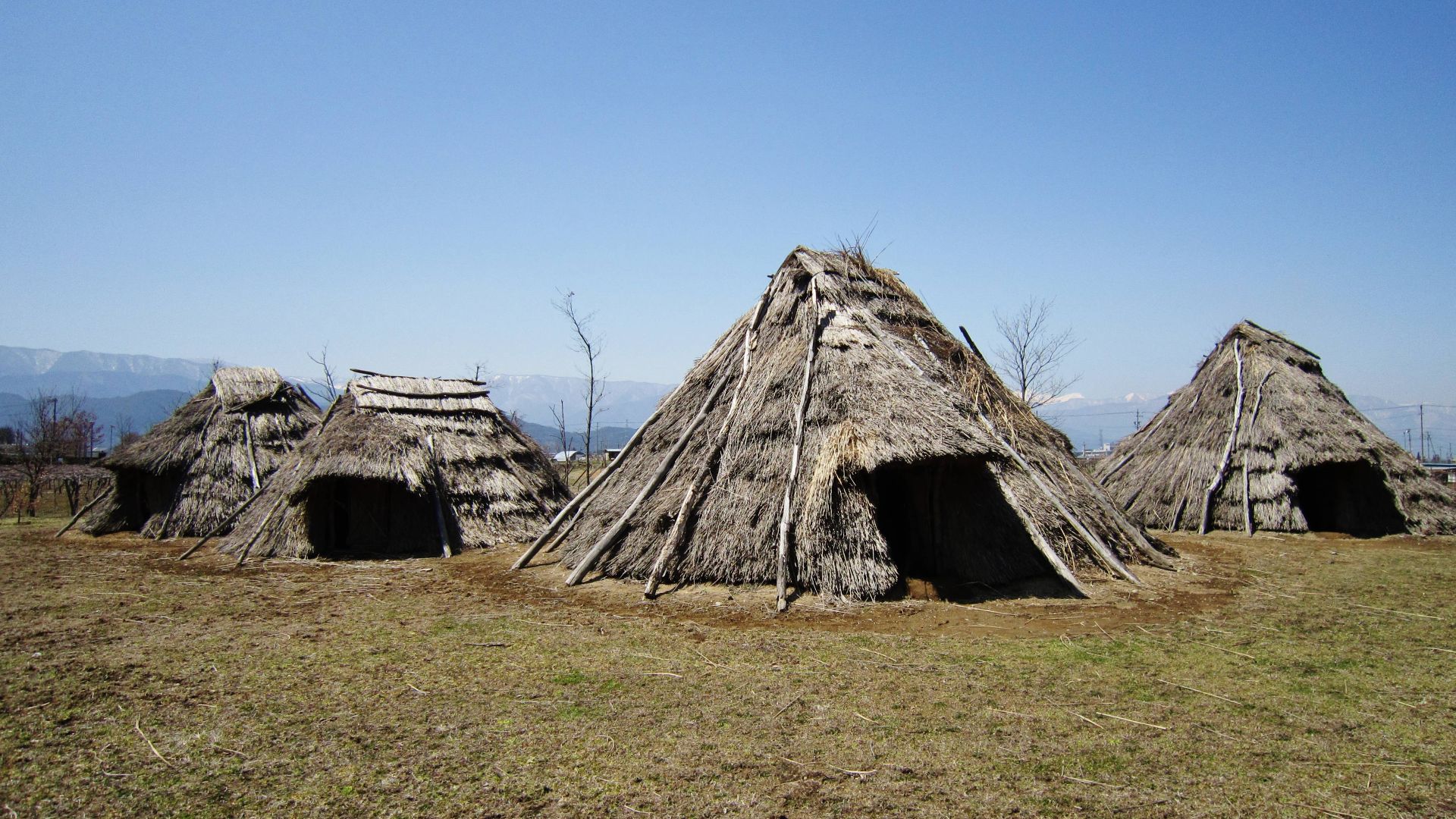 Taken with Canon IXY 10S, Wikimedia Commons
Taken with Canon IXY 10S, Wikimedia Commons
Magatama Jewelry
It is said that the Jomon invented comma-shaped magatama beads that became sacred symbols in Japanese culture for millennia. These curved ornaments were prepared from jade, stone, and clay, appearing in both everyday wear and ceremonial contexts. Magatama remain important in modern Shinto practices.
Burial Practices
Their burial customs also varied significantly by social status and age groups. Adults received pit graves with stone circle markers, while important individuals were buried in elaborate stone-ringed graves. Children were interred in reused pottery vessels with holes pierced in the bottom.
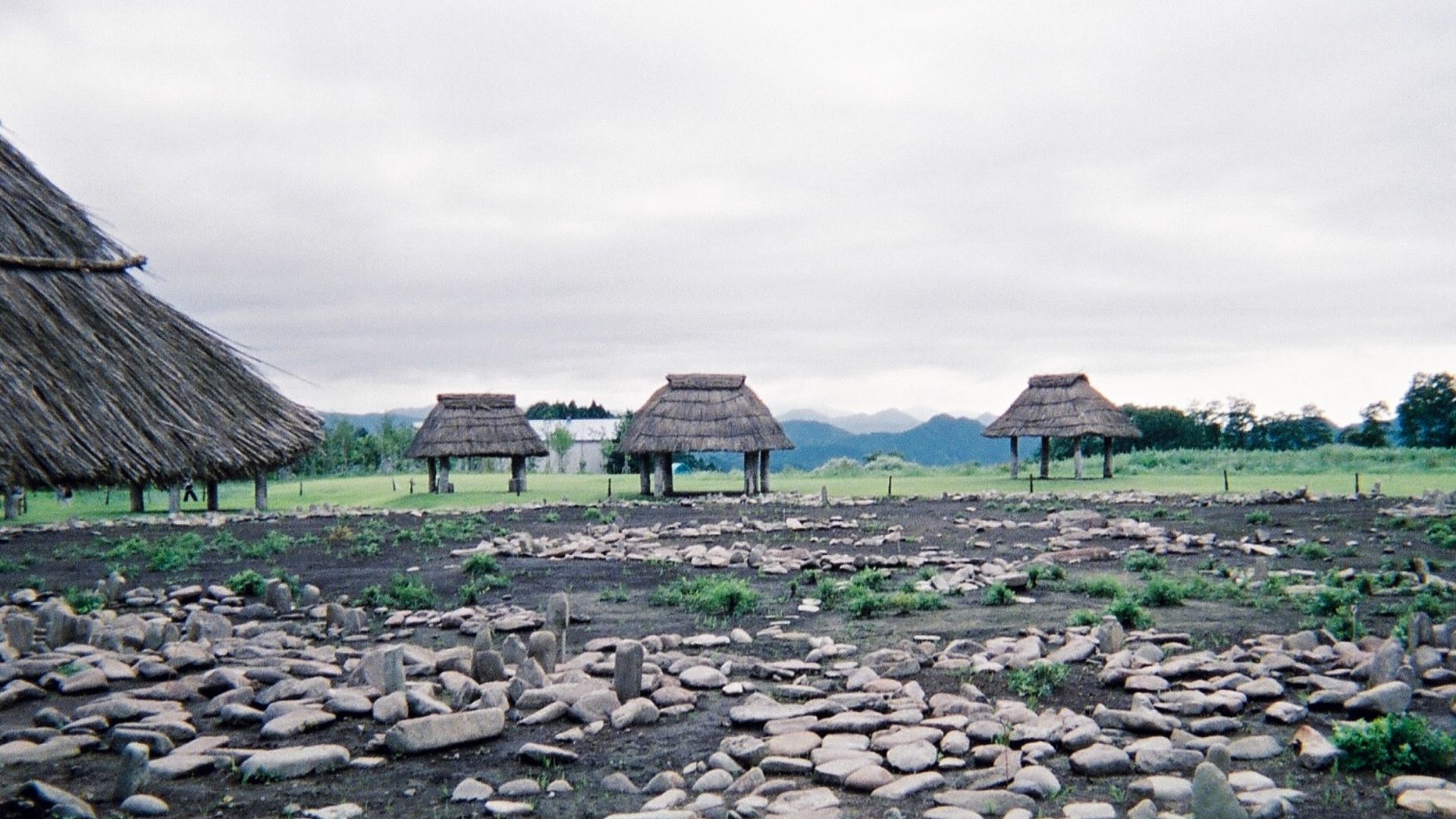 Takuan~jawiki at Japanese Wikipedia, Wikimedia Commons
Takuan~jawiki at Japanese Wikipedia, Wikimedia Commons
Japanese Theory
For decades, archaeologists believed Native Americans descended from Japan's ancient Jomon people who lived 15,000 years ago. This theory gained momentum when researchers discovered pretty similar stone tools in both Japanese and early American archaeological sites, suggesting a direct cultural connection across the Pacific Ocean.
Stone Tools
The similarity between Jomon stemmed points and early American projectile points seemed like smoking gun evidence. Both cultures created distinctive fluted spear tips with long grooves and similar crafting techniques. These archaeological parallels convinced many scientists that Japanese hunters had brought their toolmaking traditions to America.
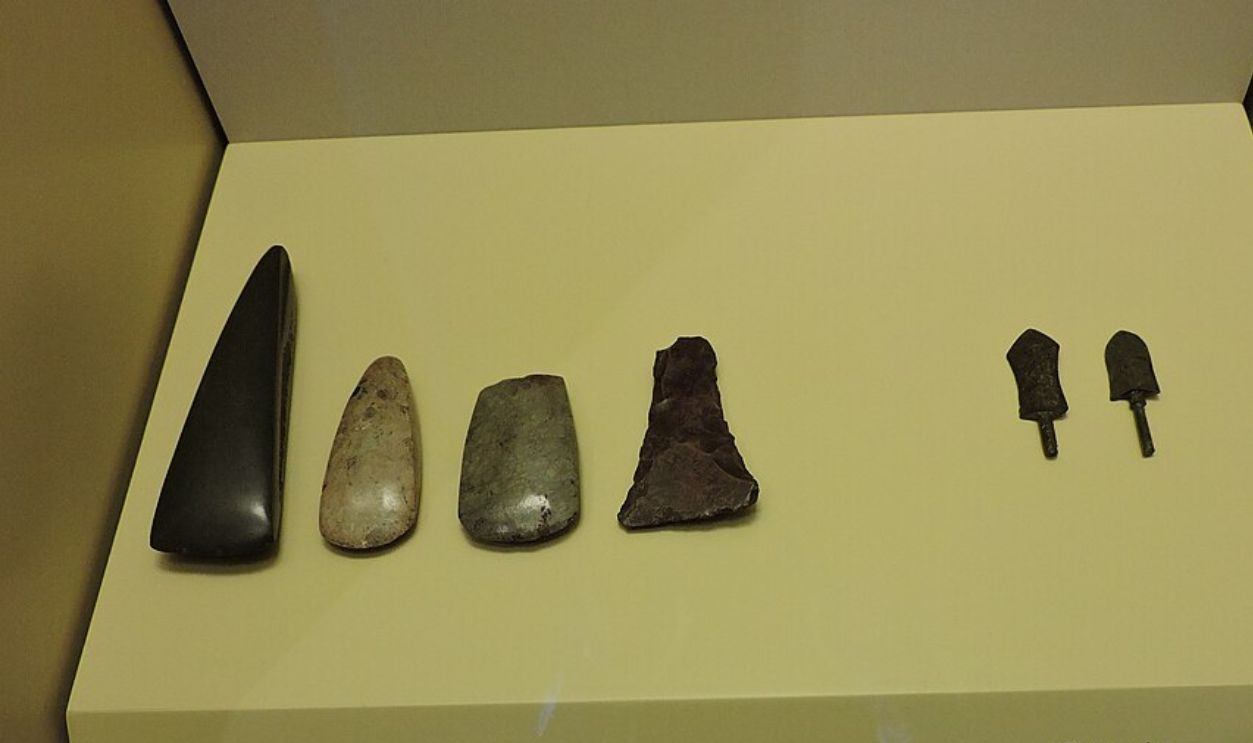 Dimitris Kamaras, Wikimedia Commons
Dimitris Kamaras, Wikimedia Commons
Archaeological Evidence
Excavations across North America have highlighted Clovis points dating back to approximately 13,000 years ago. Sites like Blackwater Draw in New Mexico have been particularly important, as they have revealed Clovis points found directly alongside the bones of large Ice Age animals.
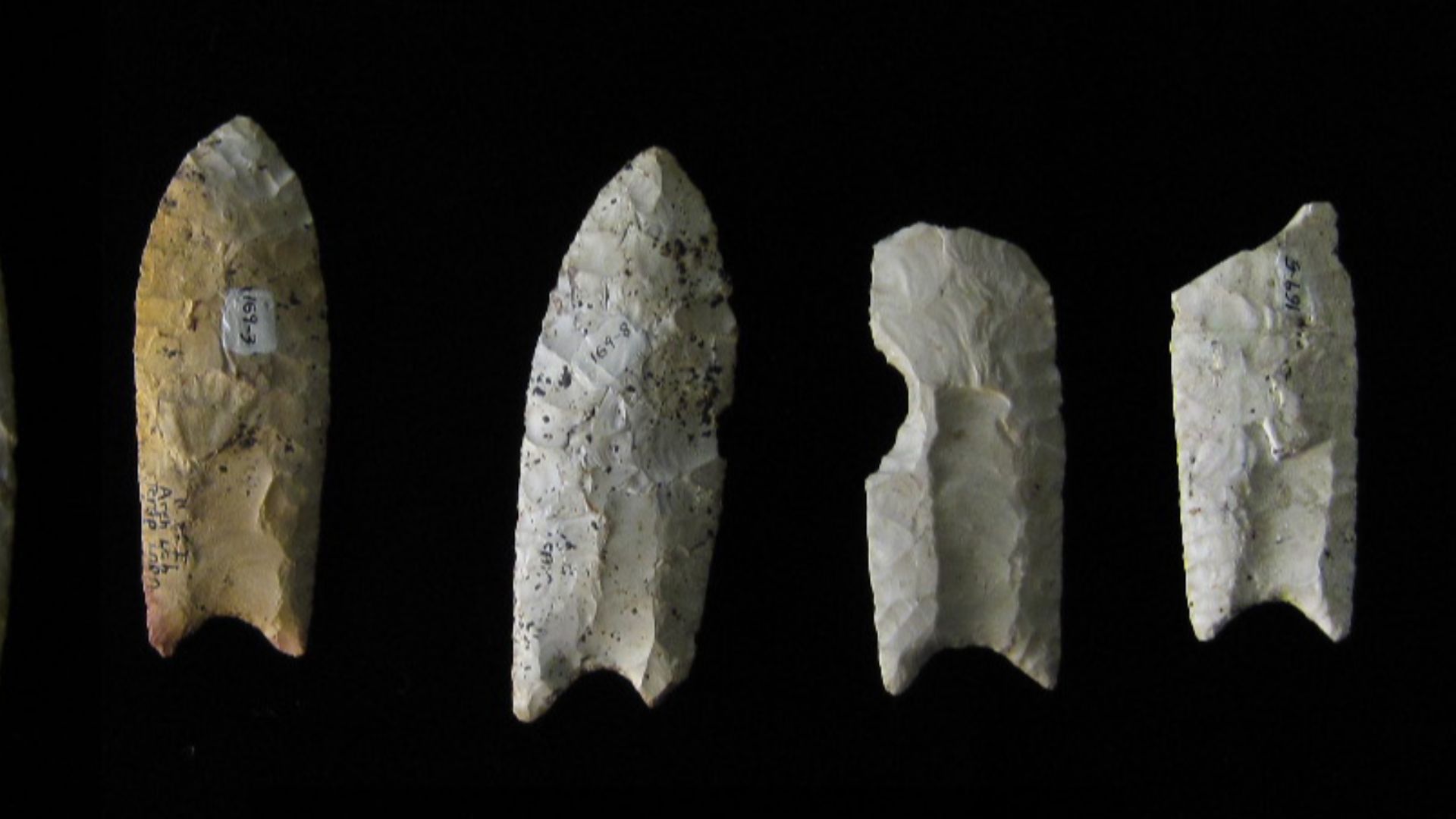 Bill Whittaker (talk), Wikimedia Commons
Bill Whittaker (talk), Wikimedia Commons
Clovis Points
Named after findings near Clovis, New Mexico, these spear points represented a technological revolution in hunting. Each point required expert knapping skills to develop the signature flute, a channel that helped secure the stone tip to wooden shafts. Clovis technology then spread rapidly across North America.
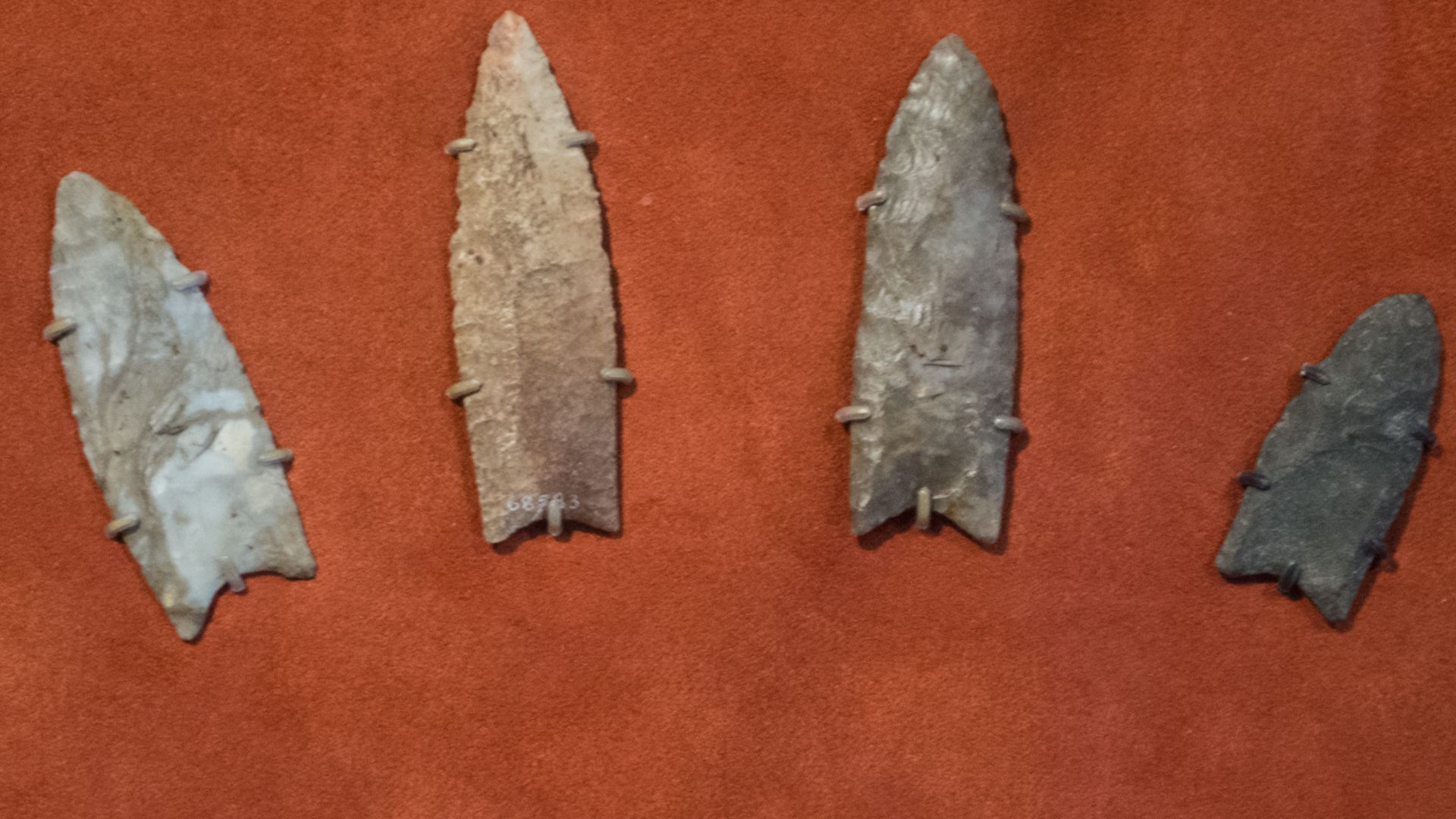 Tim Evanson, Wikimedia Commons
Tim Evanson, Wikimedia Commons
Migration Timing
The Clovis-First theory dominated scientific thinking for most of the 20th century, proposing that humans first entered the Americas around 13,000 years ago. This timeline matched perfectly with the end of the Last Glacial Maximum. Additionally, Japanese tool similarities supported this proposed migration window.
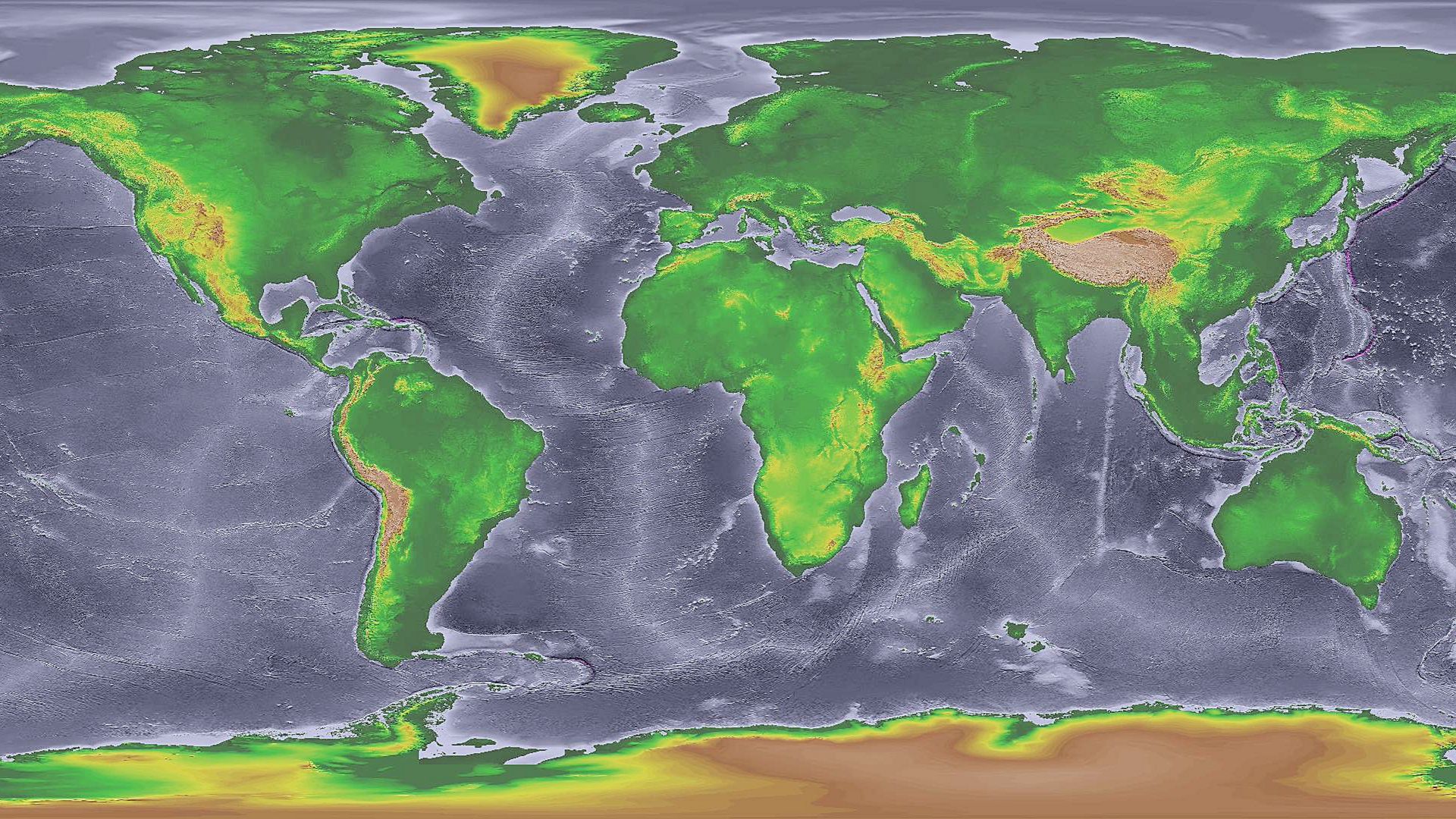 National Oceanic and Atmospheric Administration, Wikimedia Commons
National Oceanic and Atmospheric Administration, Wikimedia Commons
Genetic Studies
Modern DNA analysis began challenging the Japanese connection theory in the early 2000s. Scientists extracted genetic material from ancient remains across the Americas, underlining complex patterns of human migration. These molecular studies indicated that Native American ancestry was far more complicated than a simple descent.
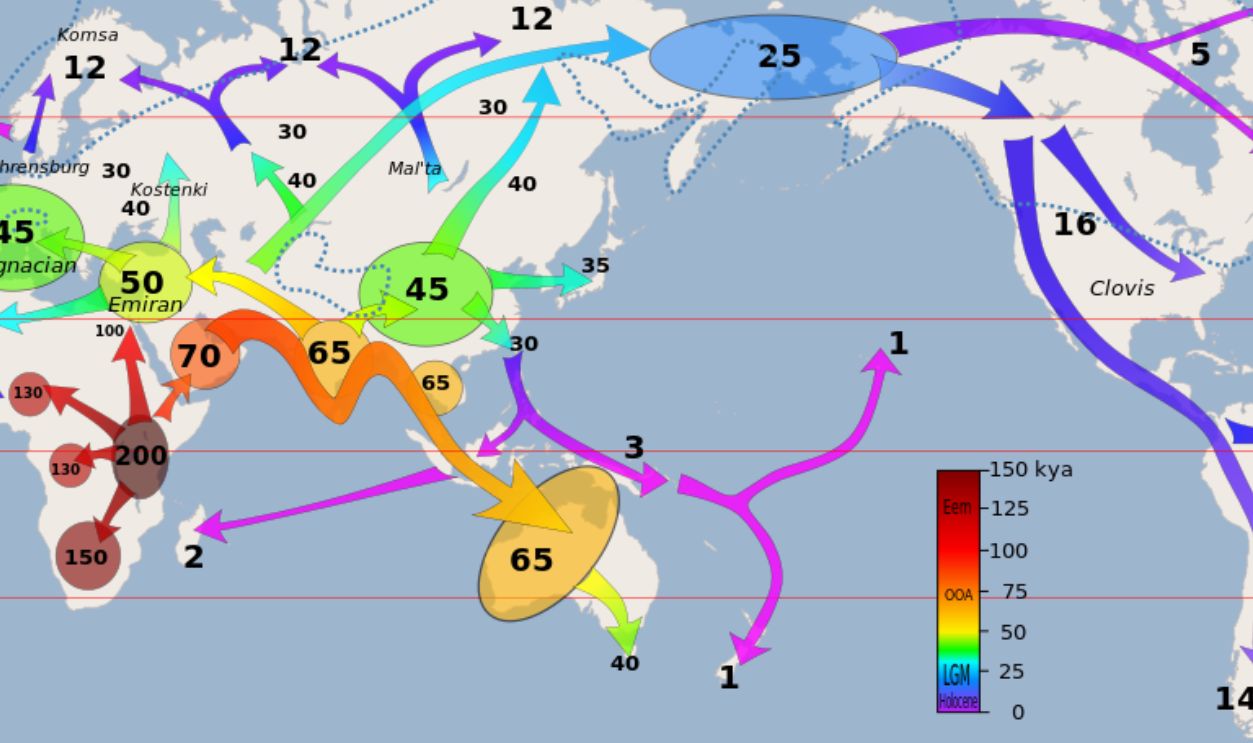 User:Dbachmann, Wikimedia Commons
User:Dbachmann, Wikimedia Commons
DNA Analysis
Researchers found that Native Americans carry specific genetic markers found primarily in Siberian populations. Mitochondrial DNA studies also showed maternal lineages diverging from East Asian populations around 25,000 years ago. Y-chromosome analysis revealed paternal lineages that traced back to Ancient North Eurasians.
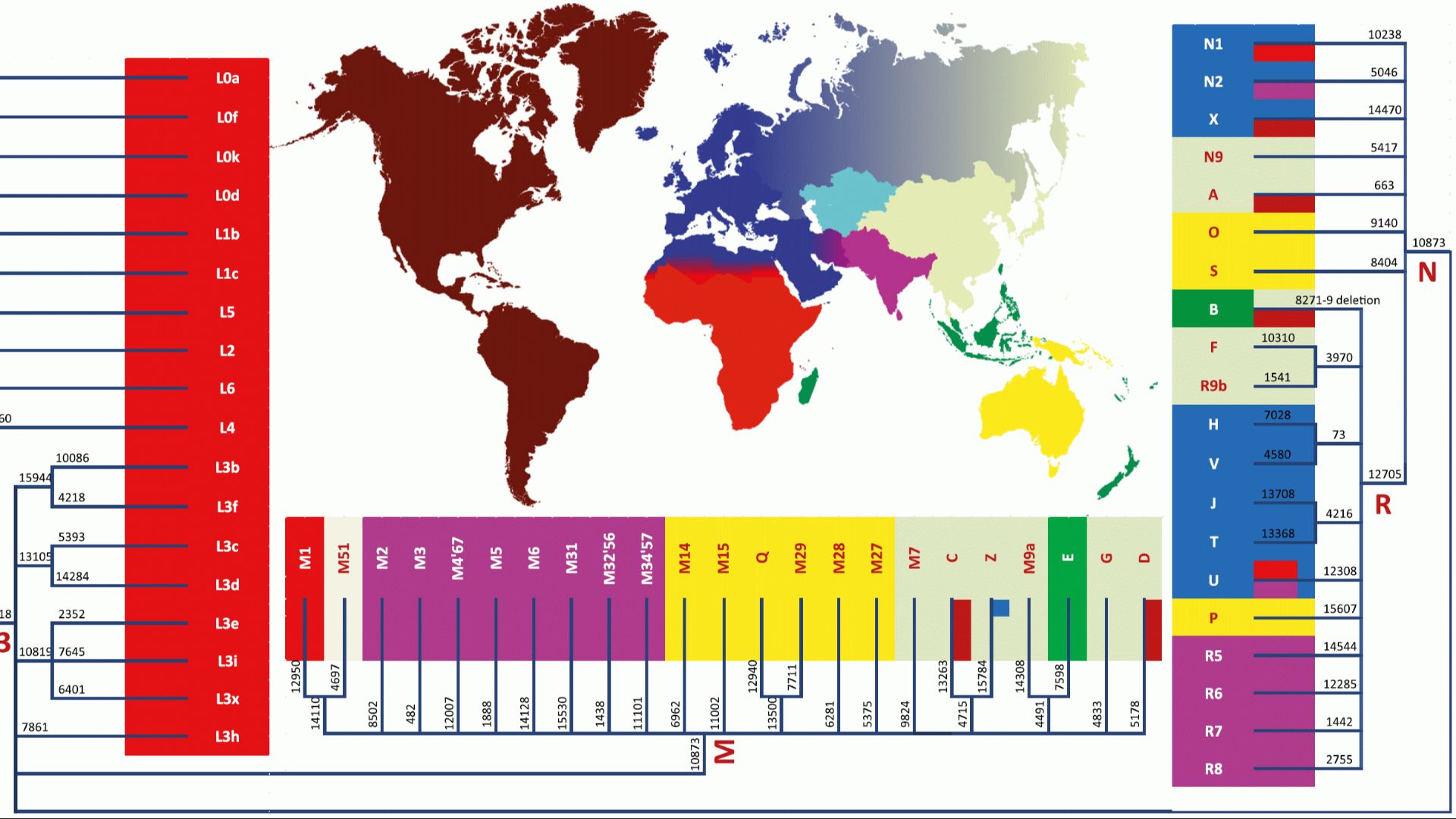 Toomas Kivisild, Wikimedia Commons
Toomas Kivisild, Wikimedia Commons
Maternal Lineages
Native American women carry mitochondrial DNA haplogroups A, B, C, D, and X that originated in different parts of Asia. These maternal genetic lines show clear connections to Siberian and Central Asian populations. The highest frequencies of these haplogroups occur in the Altai-Baikal region.
Blood Types
Apparently, distribution patterns of ABO blood groups and other genetic markers among Native Americans also point toward Siberian rather than Japanese origins. The HTLV-1 virus, transmitted from mothers to children, shows connections between Native Americans and populations from Siberia. These biological markers provided additional proof.
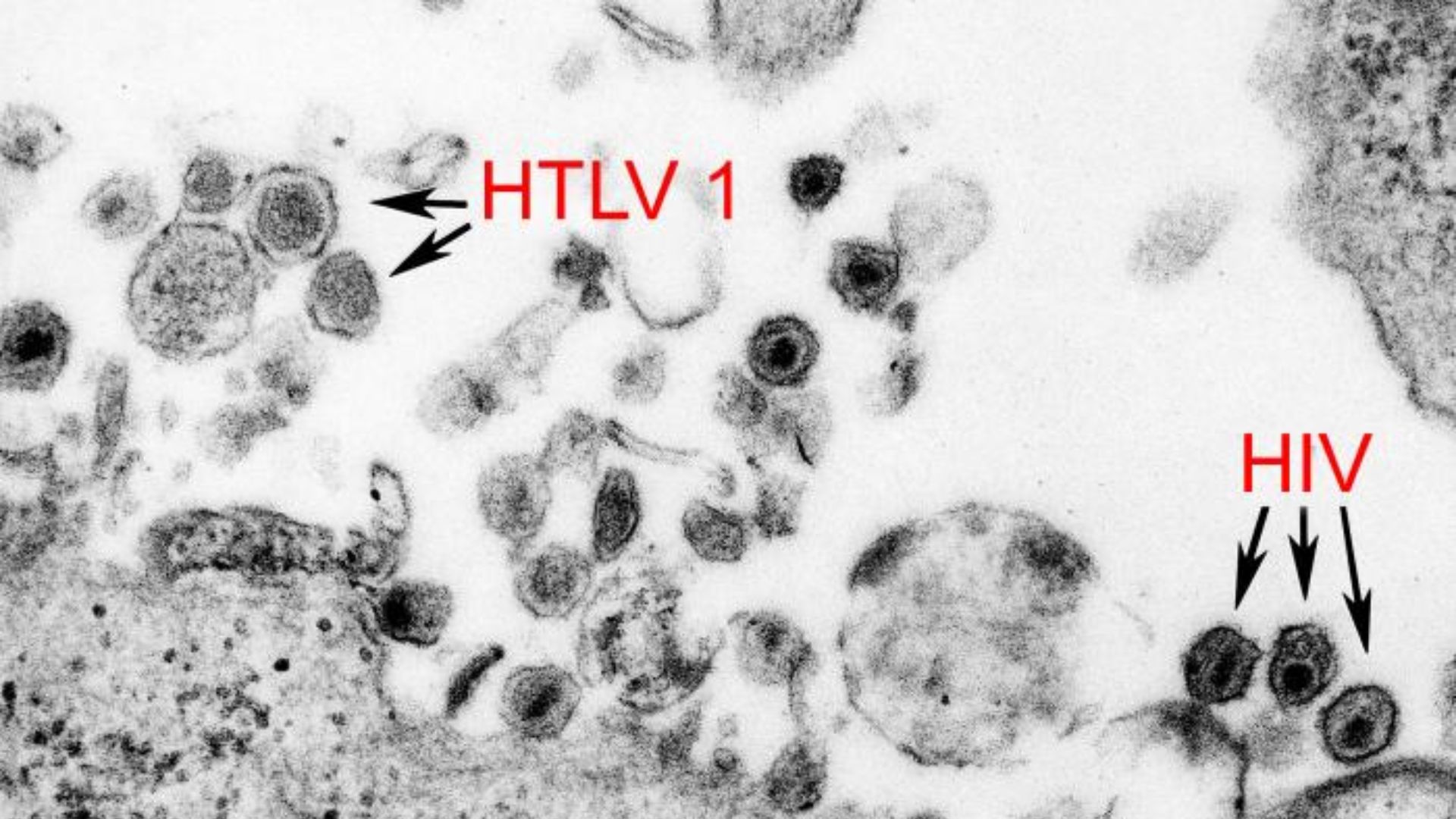 Content Providers: CDC, Wikimedia Commons
Content Providers: CDC, Wikimedia Commons
Dental Research
Anthropologist Richard Scott launched groundbreaking studies comparing dental traits across Asian, Pacific, and American populations. With nearly five decades of experience studying teeth worldwide, Scott's team used advanced statistical methods to analyze tooth morphology. Dental features provide excellent ancestry markers because they're highly heritable.
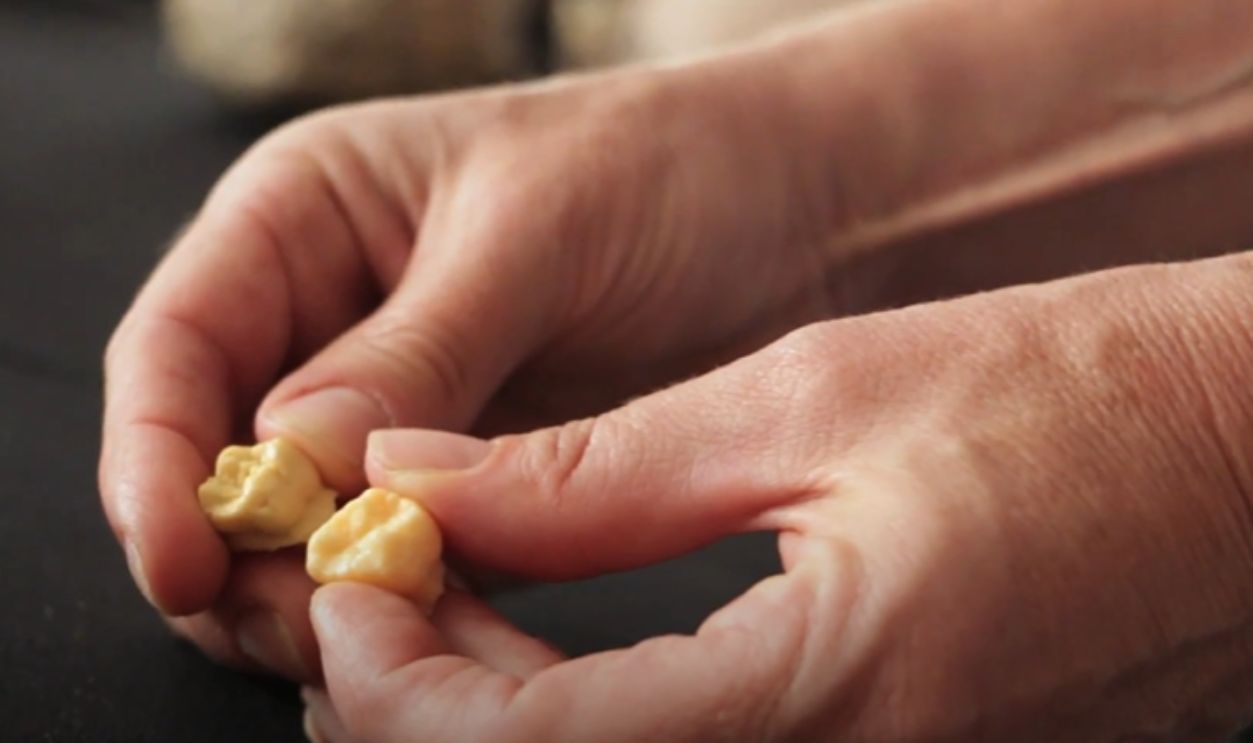 Fossils in Your Mouth: Teeth as Keys to Our Human Past by New York University
Fossils in Your Mouth: Teeth as Keys to Our Human Past by New York University
Sample Comparison
They analyzed dental remains from Jomon sites in Japan alongside teeth from Indigenous American populations spanning Alaska to Chile. They examined specific traits like shovel-shaped incisors, cusp patterns, and root configurations. Each tooth told a story about ancient migrations, showing genetic connections.
Stark Results
According to reports, only 7% of Native American dental samples exhibited any overlap with Jomon characteristics. This tiny percentage was far too small to support direct ancestry claims. The overwhelming majority of Indigenous American teeth displayed quite different patterns from ancient Japanese populations.
Genetic Mismatch
Co-author Dennis O'Rourke's genetic research confirmed the dental findings completely. Maternal and paternal DNA lineages in early Jomon and American populations detected no overlap whatsoever. Ancient DNA studies also mentioned that these groups had diverged from common ancestors much earlier, making recent migration impossible.
Three Migrations
Detailed genetic studies of Japanese populations proved three distinct migration waves into Japan rather than the previously assumed two. This discovery further complicated any potential connection to Native Americans. Besides, the Jomon represented just one of several population movements into Japan.
Population Divergence
DNA analysis states that the Jomon and Native American populations split from their common ancestor approximately 36,000 years ago. This big time gap occurred long before either group developed its cultural characteristics. The genetic separation predated the formation of Beringia and the development of stone tool technologies.
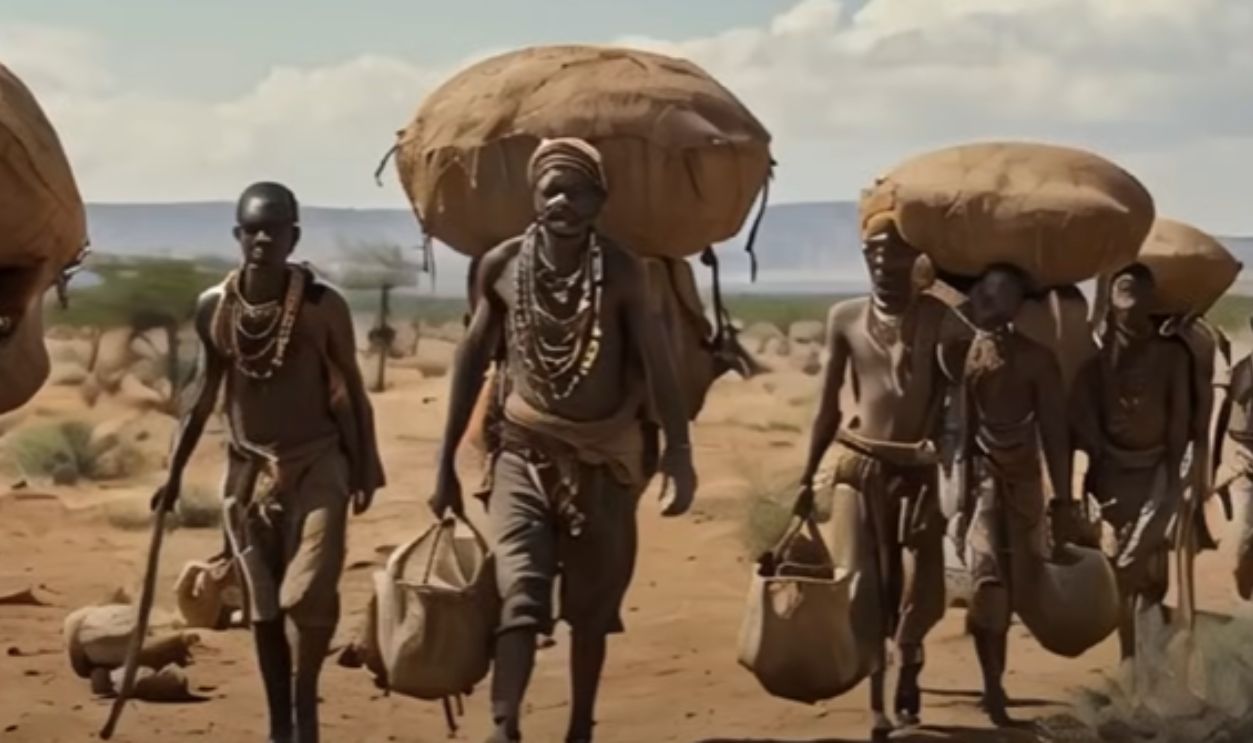 Out of Africa: The Great Human Migration | Human Evolution | Ancient Humans by History Forge
Out of Africa: The Great Human Migration | Human Evolution | Ancient Humans by History Forge
Alaska Discoveries
However, a 2016 analysis of ancient DNA from Ice Age remains in Alaska provided important evidence about the origins of early Americans. The Upward Sun River site revealed an 11,500-year-old infant whose DNA was clearly linked to Ancient North Eurasian and East Asian ancestry from Siberia.
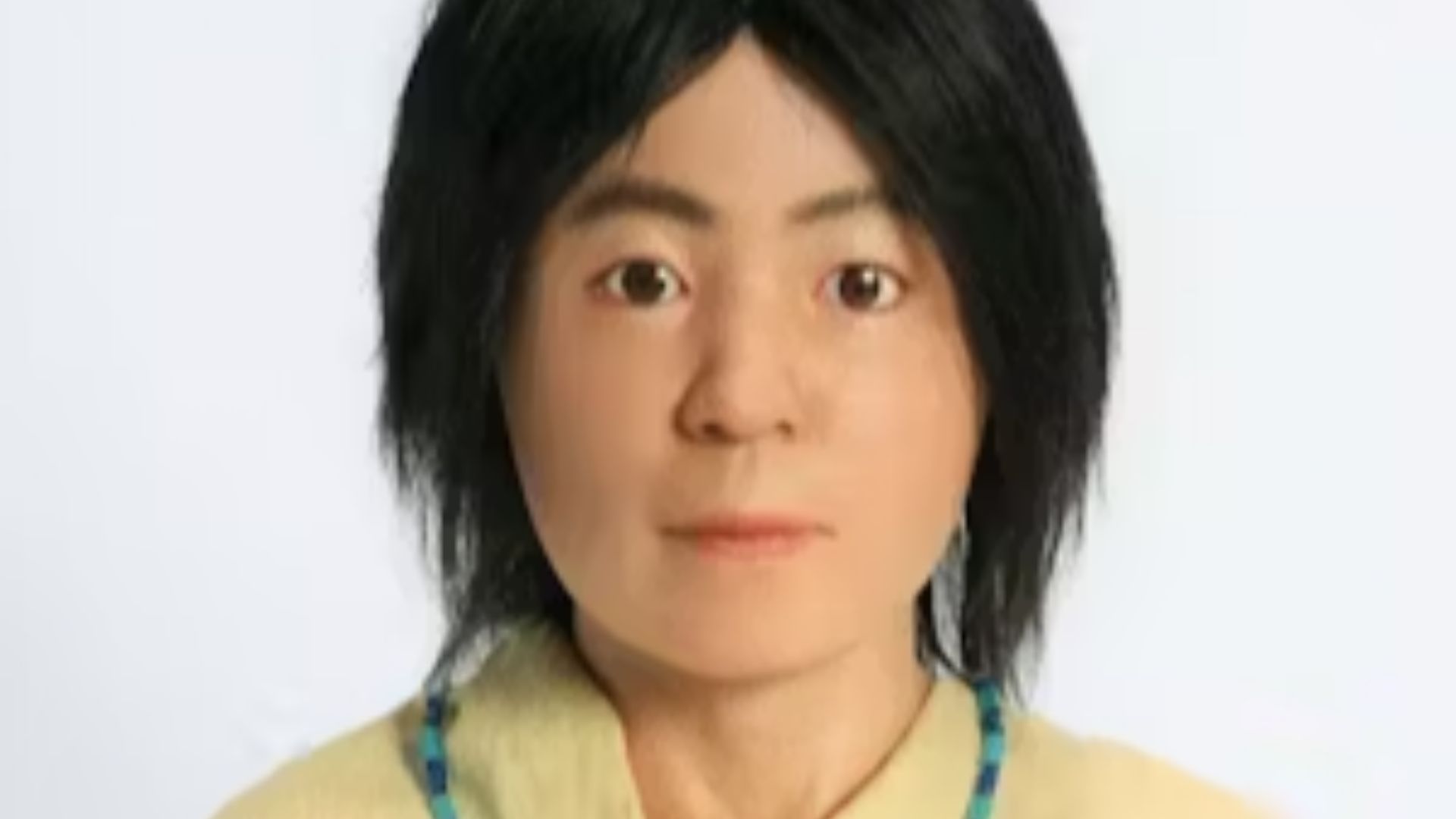 Saiai Hazuki, Wikimedia Commons
Saiai Hazuki, Wikimedia Commons
New Mexico
Archaeological teams in New Mexico also uncovered definitive human footprints dating back 23,000 years at White Sands National Park. These ancient tracks showed humans walking alongside mammoths and giant ground sloths during the Last Glacial Maximum. The finding pushed back American settlement dates significantly.
Ancient Footprints
The White Sands footprints represented the oldest uncontested evidence of human presence in North America. Preserved in ancient lake sediments, these tracks portrayed multiple individuals, including children, walking across mudflats. The footprints proved humans lived in the Americas before the supposed Jomon migration.
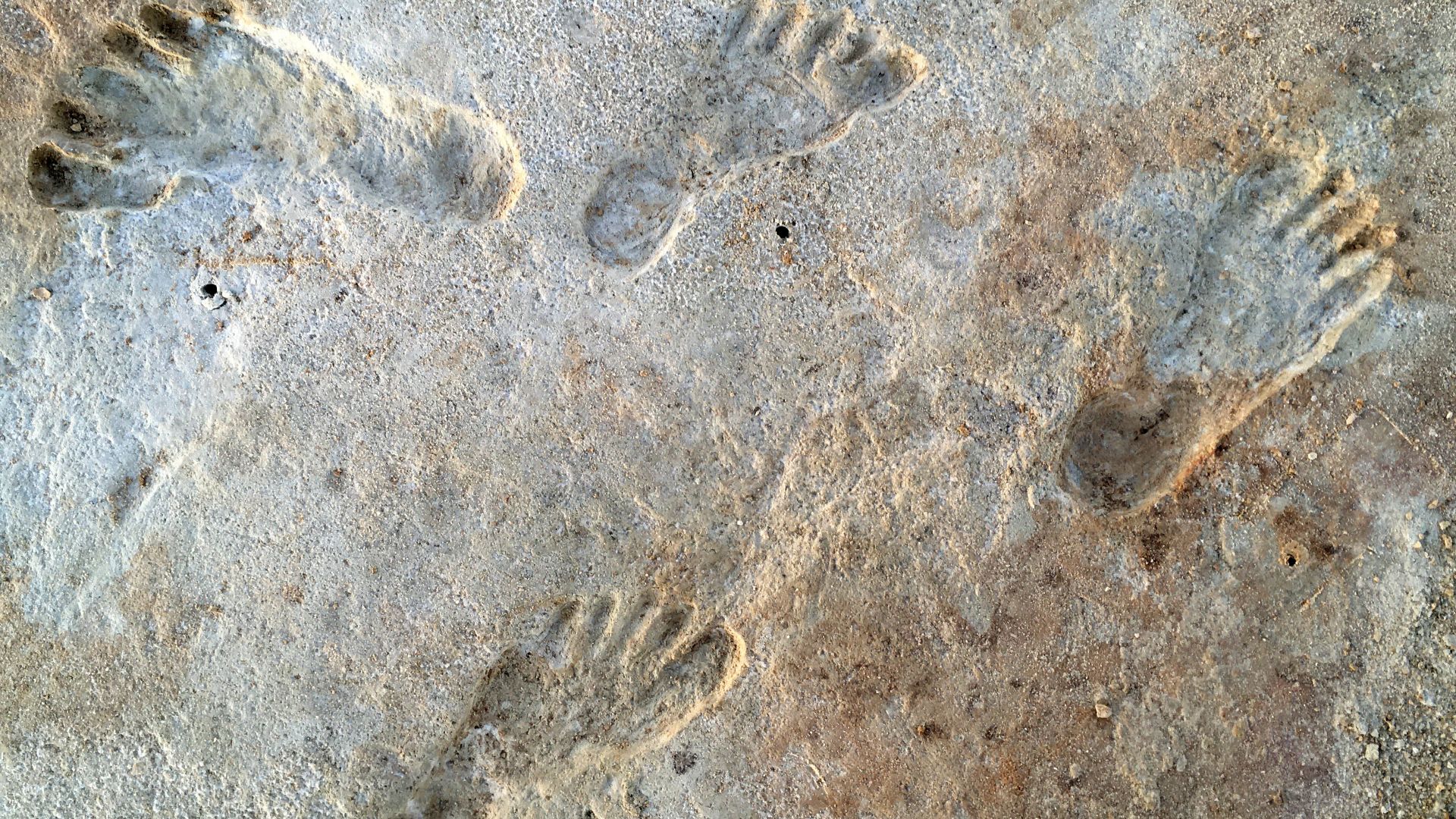 US Geological Service, Wikimedia Commons
US Geological Service, Wikimedia Commons
Megafauna Evidence
Ancient Americans shared environments with incredible beasts that towered over today's animals. Columbian mammoths stood 13 feet tall, while giant ground sloths weighed as much as small cars. Archaeological sites across the Americas contain butchered bones from these creatures, proving early humans successfully hunted land animals.
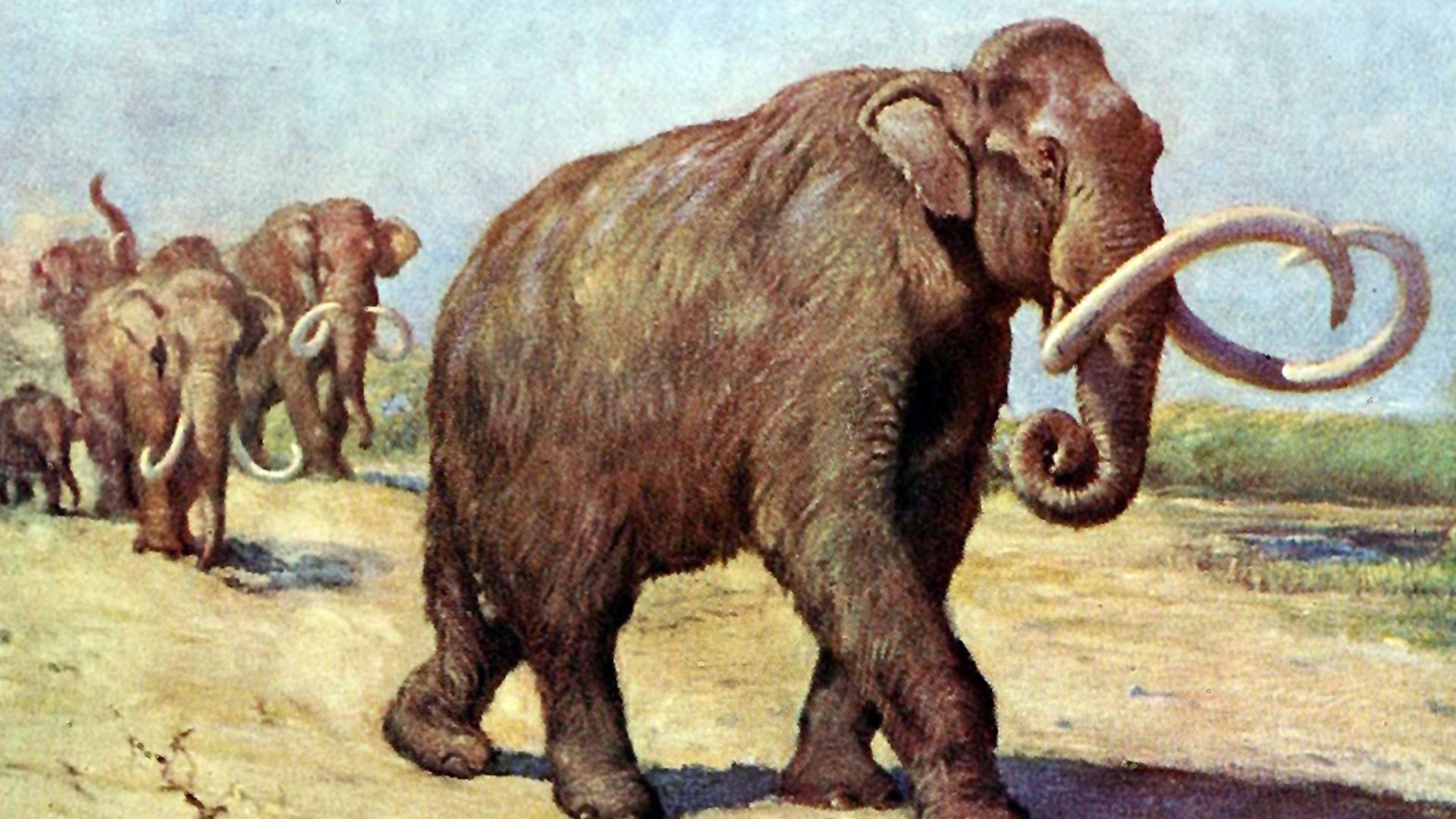 Charles R. Knight, Wikimedia Commons
Charles R. Knight, Wikimedia Commons
Climate Changes
As glaciers retreated around 15,000 years ago, dramatic environmental shifts changed parts of the USA. Rising temperatures melted ice sheets, flooding coastal areas, and forming new lakes. Changing vegetation patterns forced both humans and animals to adapt quickly. These climate upheavals coincided with mass extinctions.
Settlement Patterns
From the tropical jungles to the Arctic tundra, early Americans built a variety of societies that were tailored to their conditions. Coastal groups built fishing cultures, while inland populations specialized in big-game hunting. Some settlements challenged assumptions that all early Americans were nomadic hunter-gatherers.
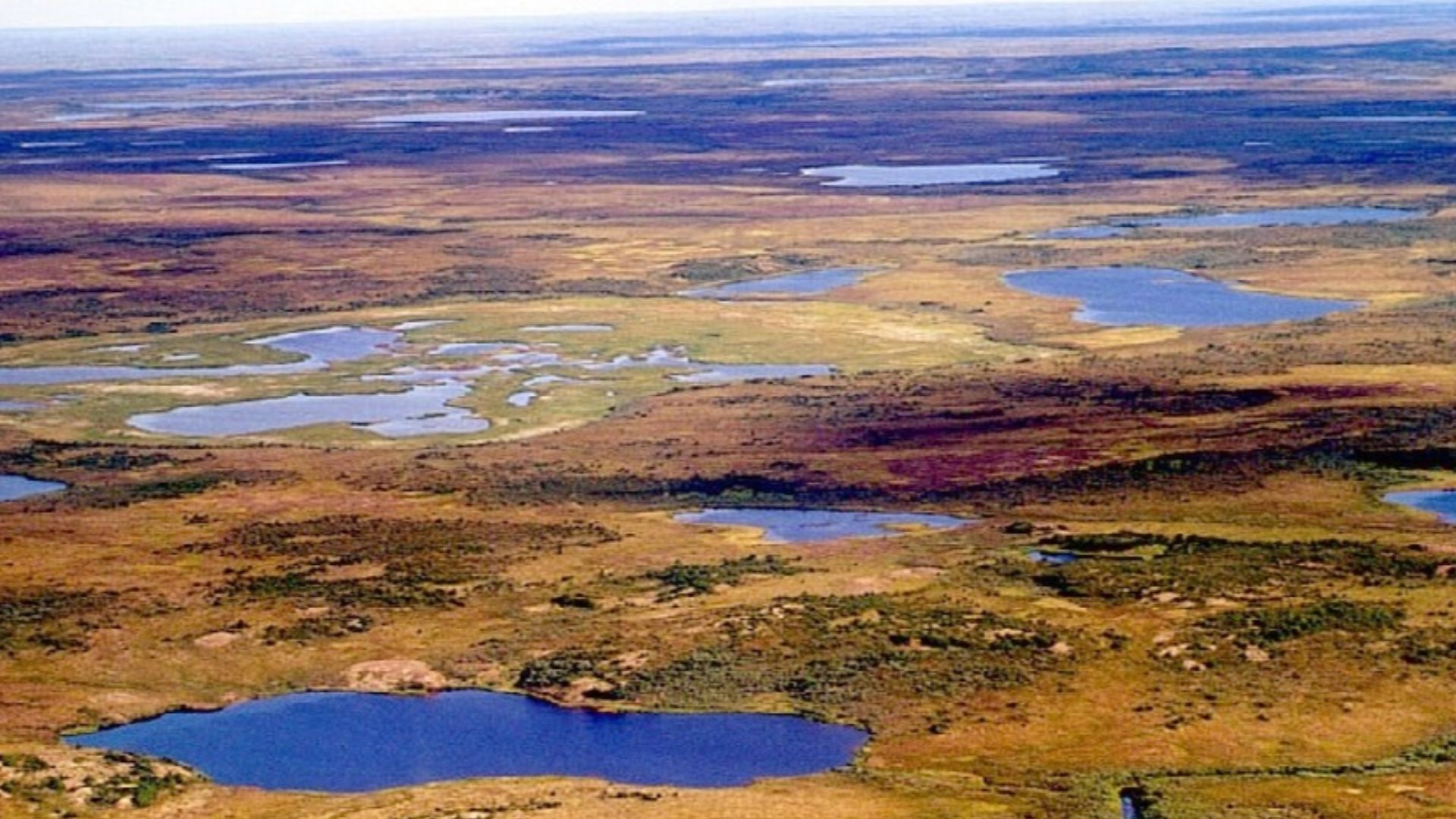 Dr. Andreas Hugentobler, Wikimedia Commons
Dr. Andreas Hugentobler, Wikimedia Commons
Folsom Tradition
Around 10,500 BCE, Paleo-Indians on the Great Plains developed the specialized Folsom hunting tradition focused entirely on bison hunting. These skilled hunters used fluted projectile points and followed small family groups that returned annually to favored springs and high ground locations for temporary camps.
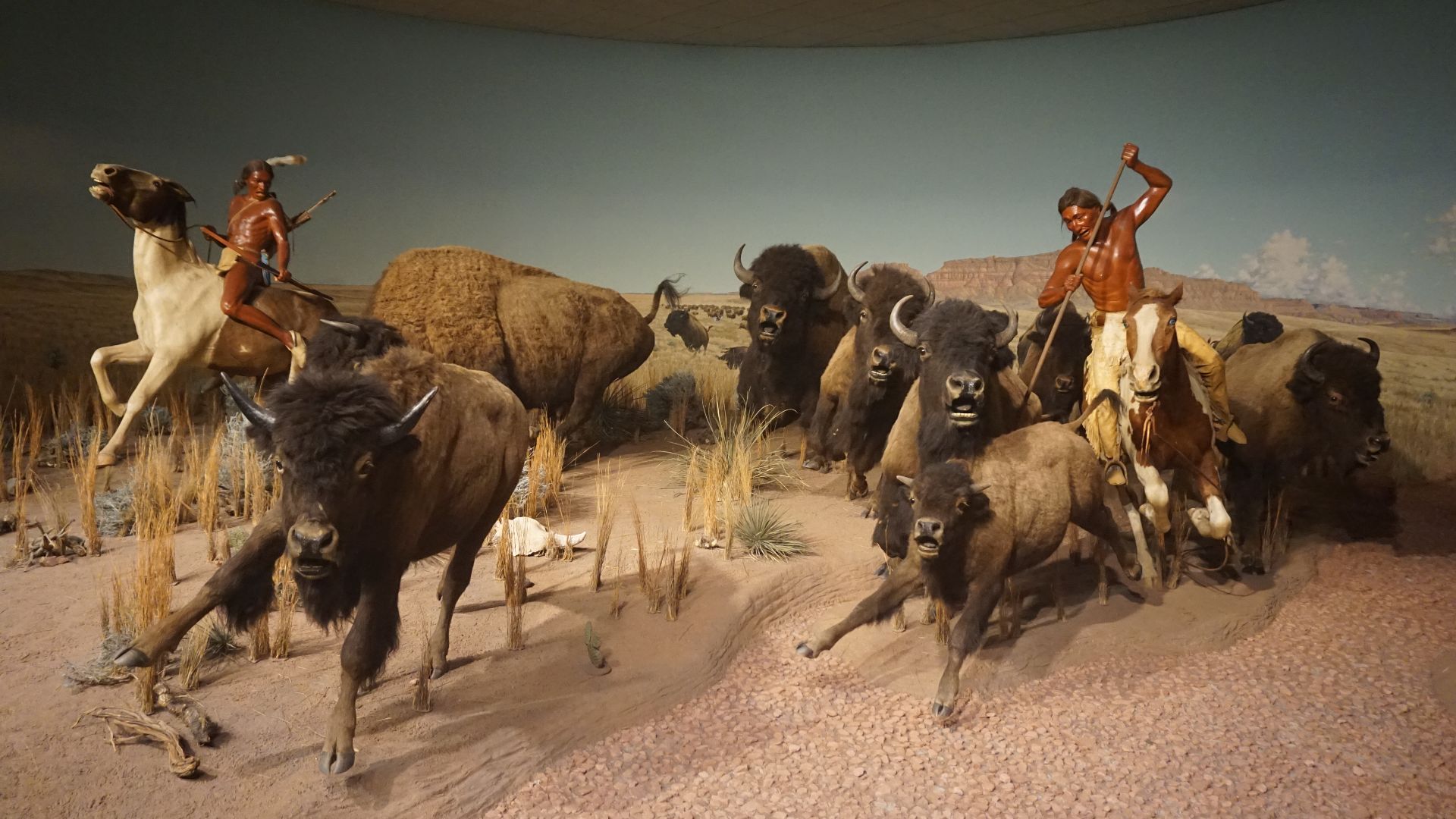 Michael Barera, Wikimedia Commons
Michael Barera, Wikimedia Commons
Population Density
Early Paleo-Indian populations were extremely sparse in the vast American area, with very low population densities throughout their territories. These groups typically consisted of small bands, often ranging from 20 to 60 extended family members, who moved constantly over large areas in search of food and resources.
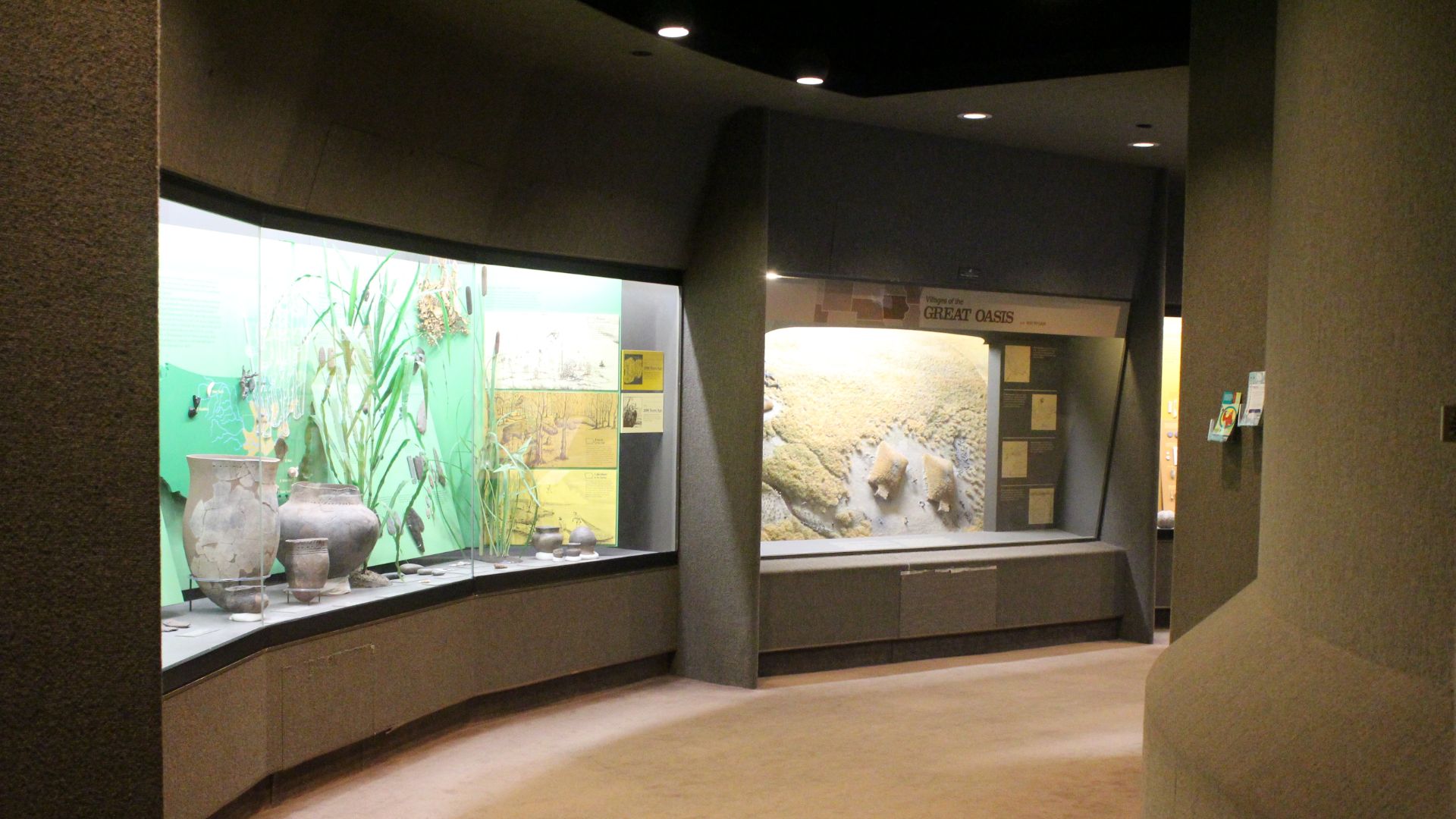 Jonathan Chen, Wikimedia Commons
Jonathan Chen, Wikimedia Commons
Archaeological Sites
Besides, Monte Verde in Chile provided stunning evidence of human presence 14,500 years ago, featuring preserved wooden structures (tent-like huts), hearths, animal bones, and medicinal plants. Meadowcroft Rockshelter in Pennsylvania also showed 16,000-year-old artifacts.
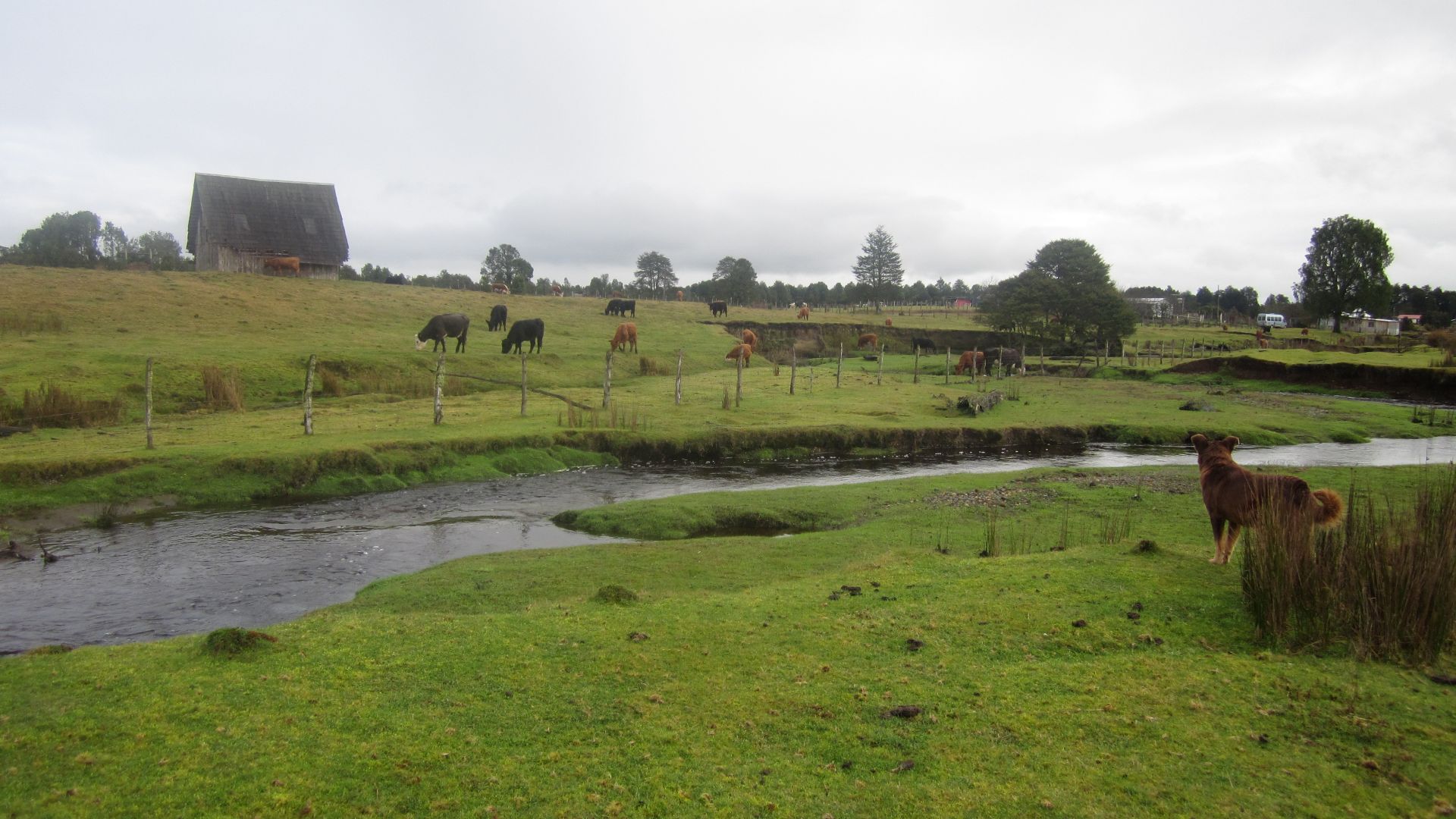 Geología Valdivia, Wikimedia Commons
Geología Valdivia, Wikimedia Commons
Cultural Markers
Apart from stone tools, early Americans created fancy art, jewelry, and ceremonial objects that brought to light intriguing belief systems. They carved bone needles, crafted shell beads, and painted cave walls with stunning imagery. Hence, early populations possessed rich spiritual lives and artistic traditions.
Linguistic Connections
Native American languages display incredible diversity, with over 1,000 distinct tongues spoken at European contact. Some linguists propose connections between Na-Dene languages and Siberian Yeniseian families, supporting northern migration routes. This could point to multiple migration waves and thousands of years of independent development.
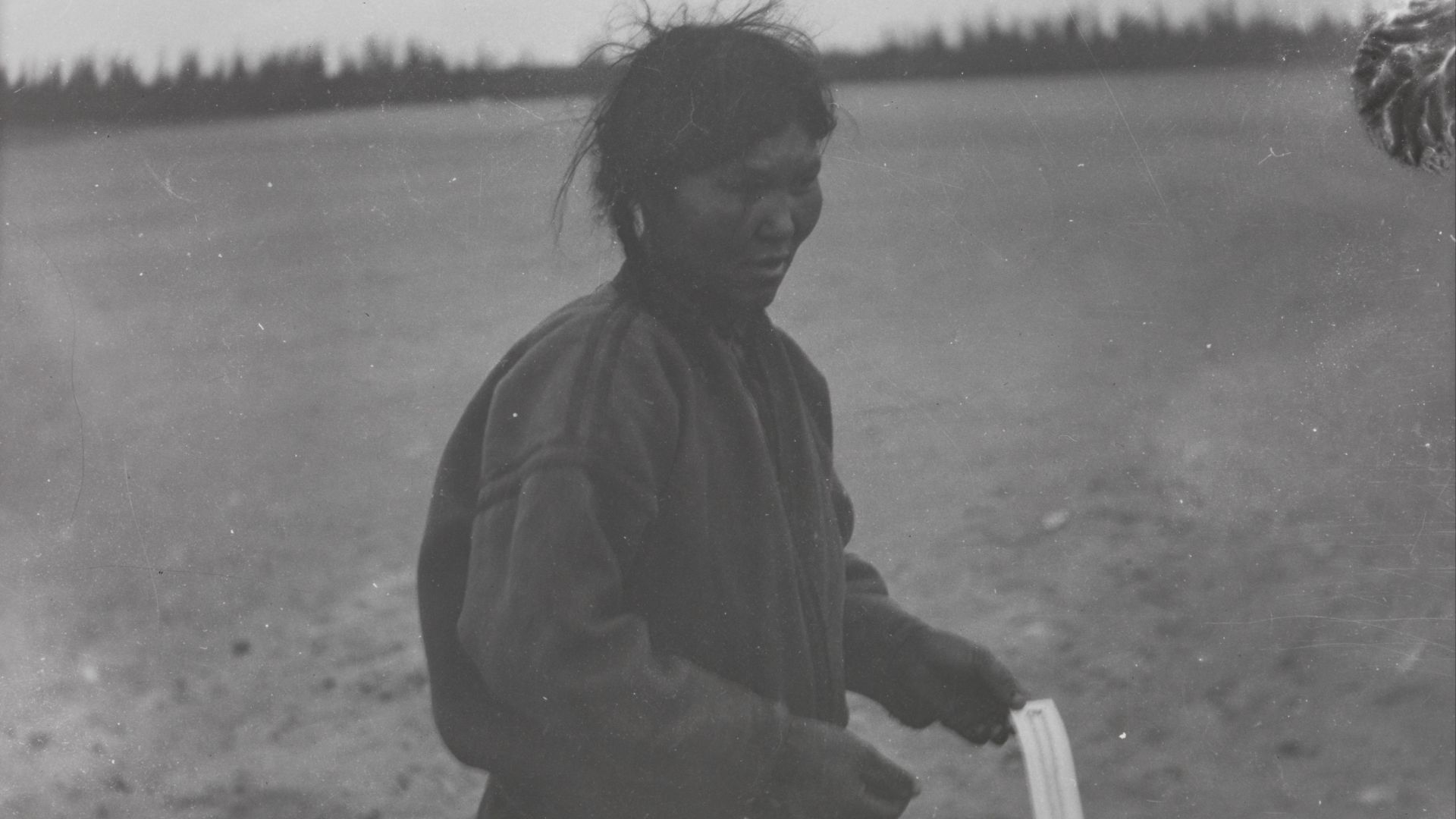 Fridtjof Nansen, Wikimedia Commons
Fridtjof Nansen, Wikimedia Commons
Modern Populations
Today's Native Americans carry genetic signatures that trace directly back to those first Beringian migrants. Inuit and Aleut peoples have the strongest genetic connections to Siberian populations, reflecting more recent gene flow, while groups in Central and South America display highly complex ancestry patterns.
Scientific Consensus
Hence, modern researchers now agree that Native Americans originated from Siberian populations rather than Japanese Jomon people, based on overwhelming genetic and dental evidence. Multiple lines of scientific evidence consistently point to northeastern Siberia as the ancestral homeland.
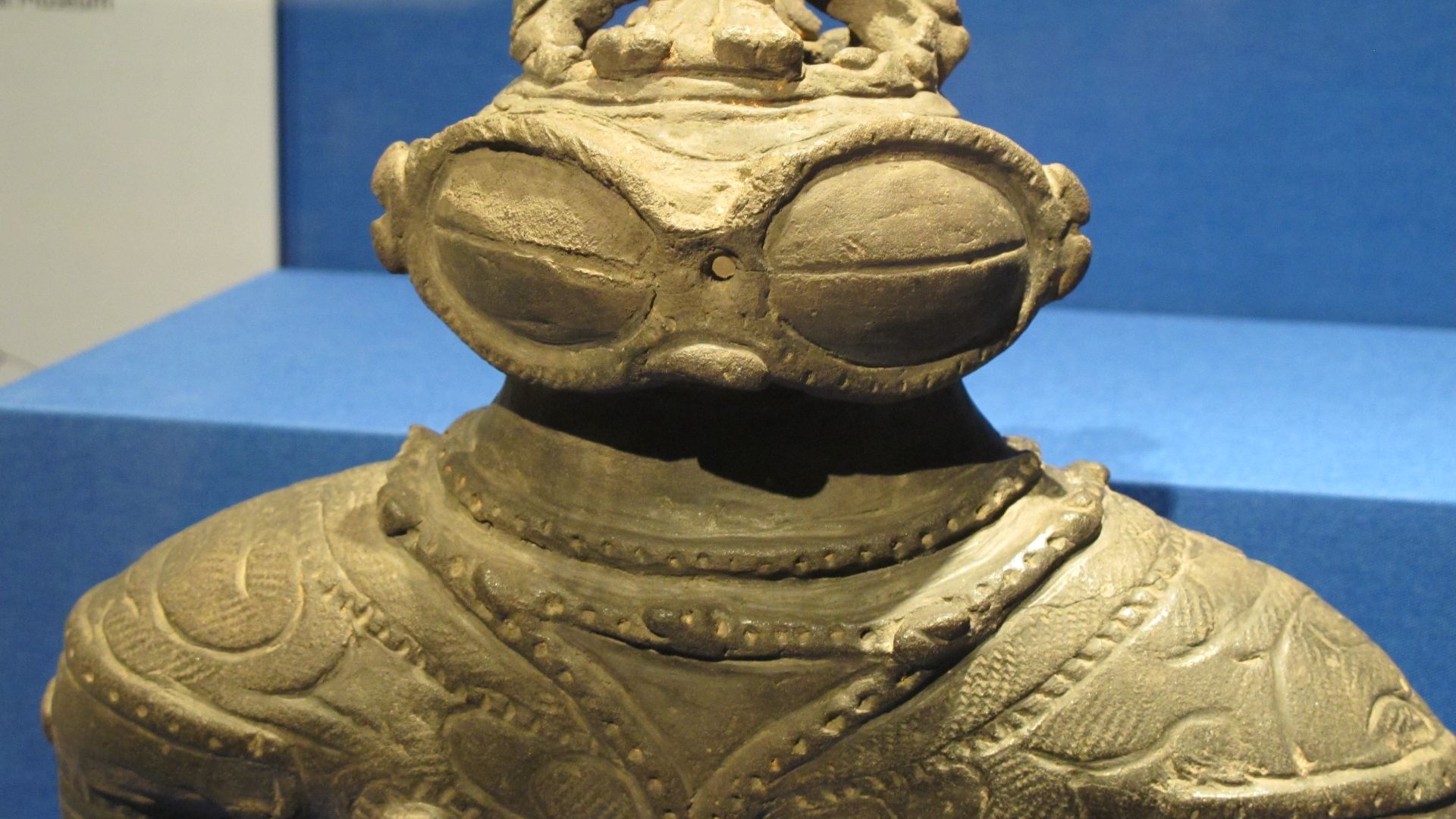 davide ferro, Wikimedia Commons
davide ferro, Wikimedia Commons
Research Limitations
Current studies face challenges because many early coastal sites lie underwater due to rising sea levels. Available Jomon DNA samples go back only 10,000 years, which is much younger than the proposed migration periods. Additionally, ancient DNA preservation in tropical climates remains poor.
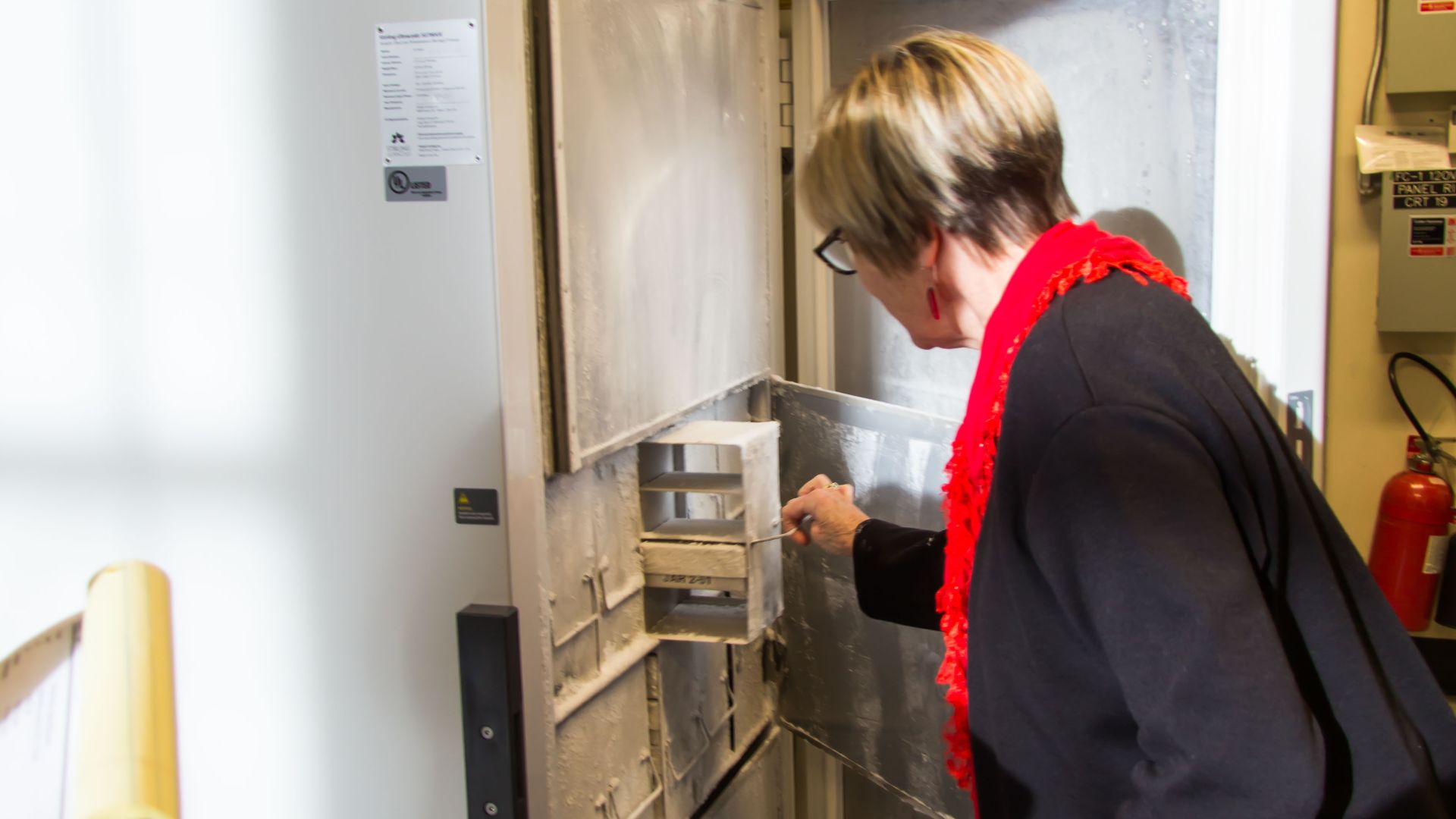 Seattle City Council from Seattle, Wikimedia Commons
Seattle City Council from Seattle, Wikimedia Commons


